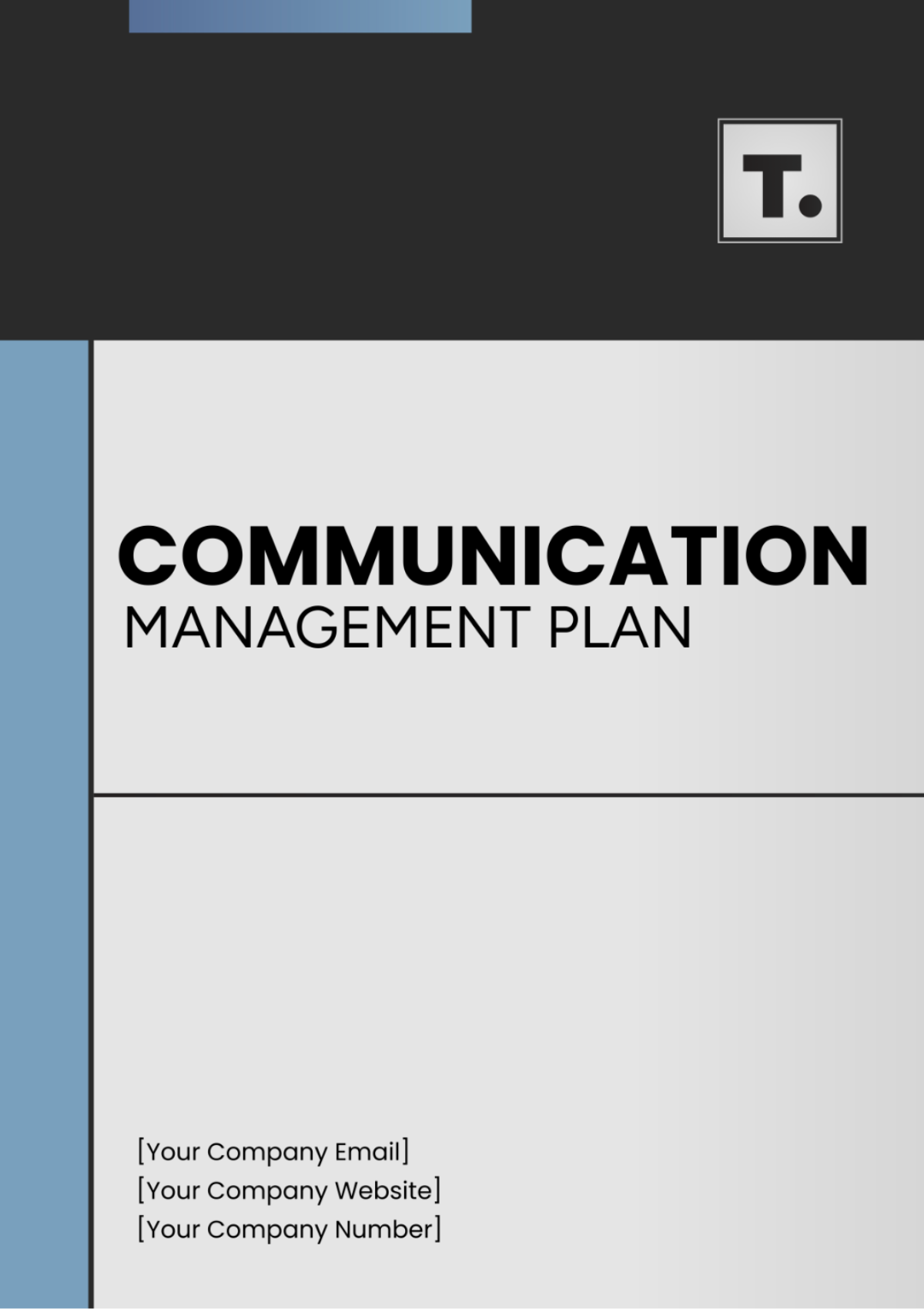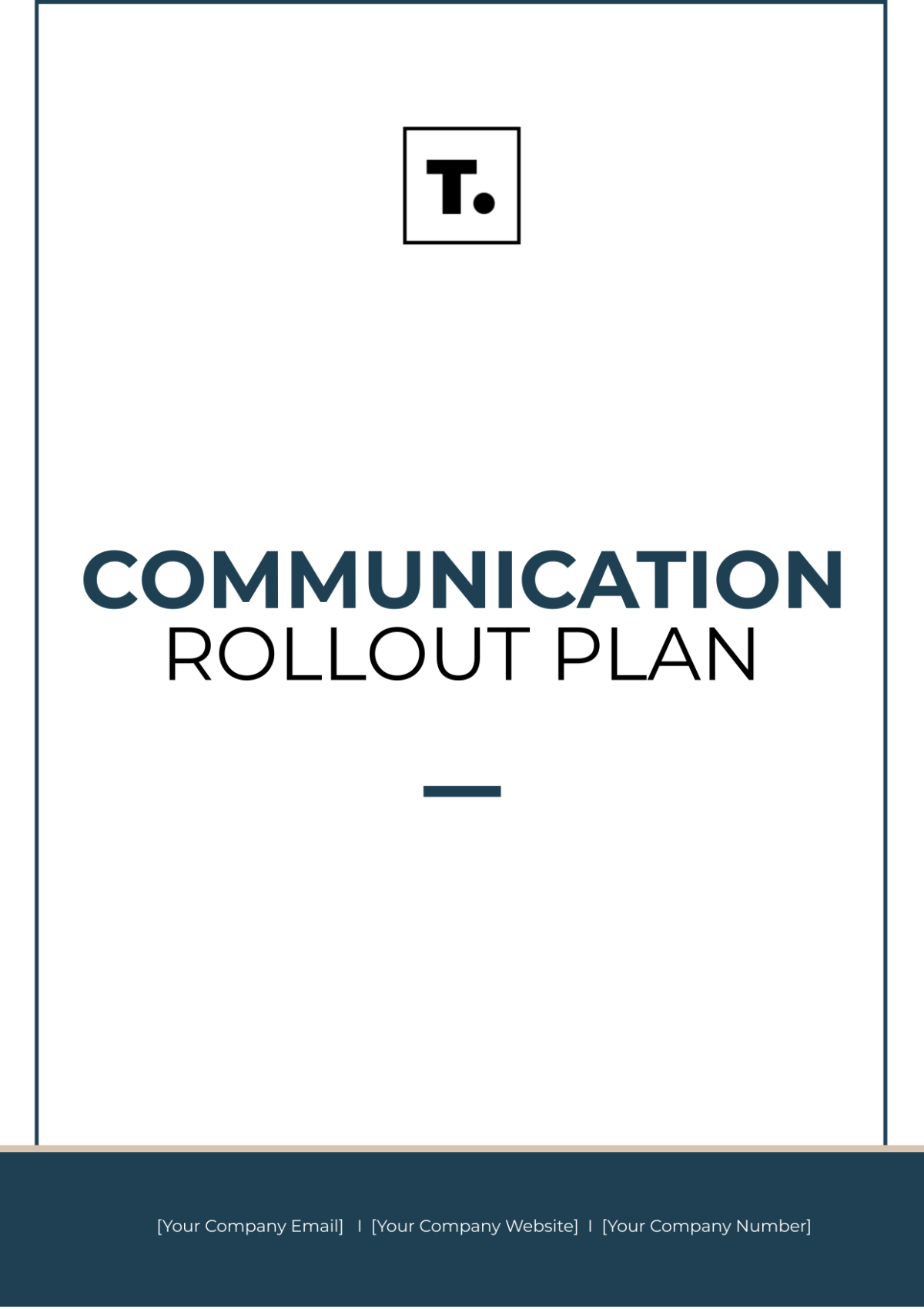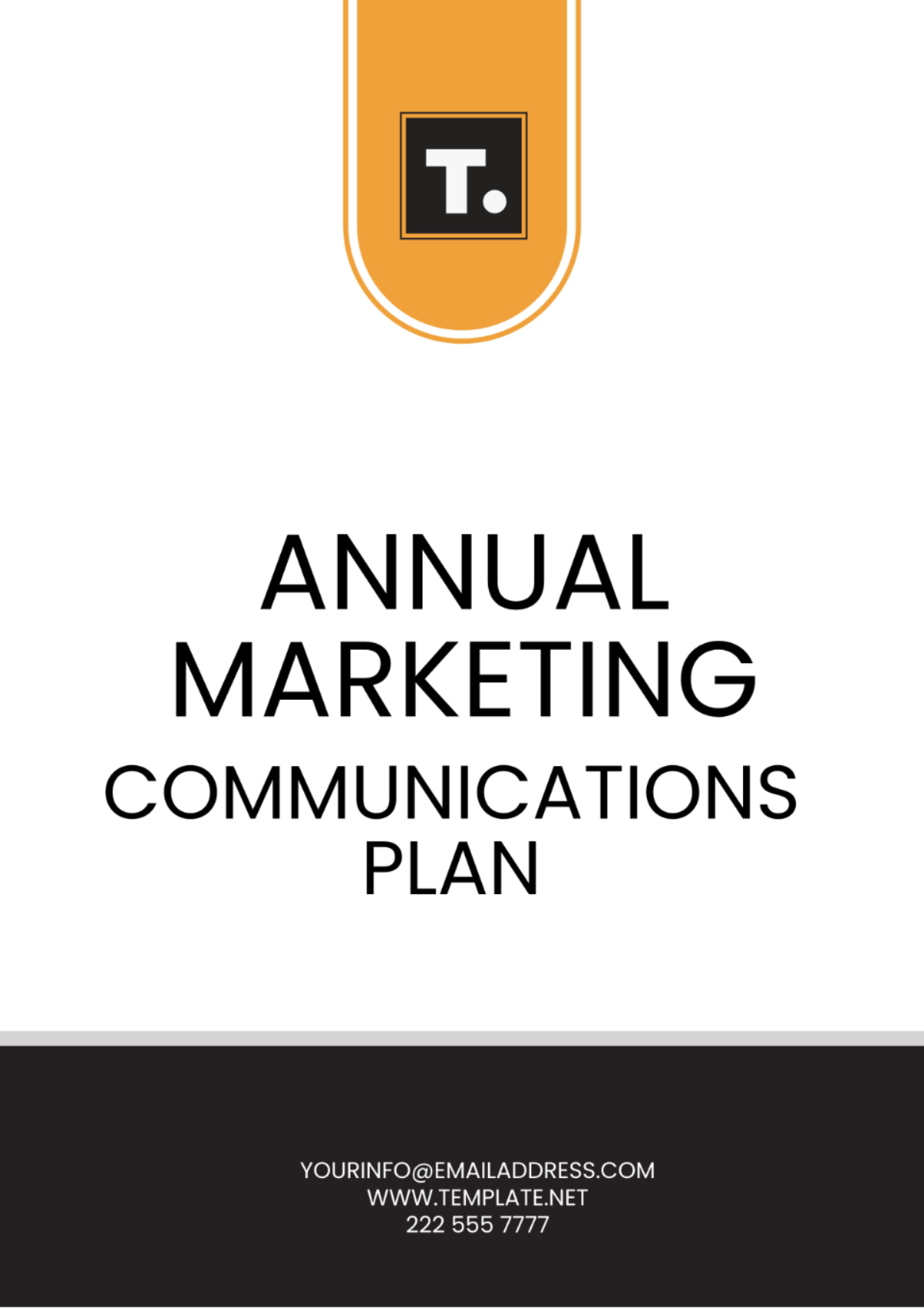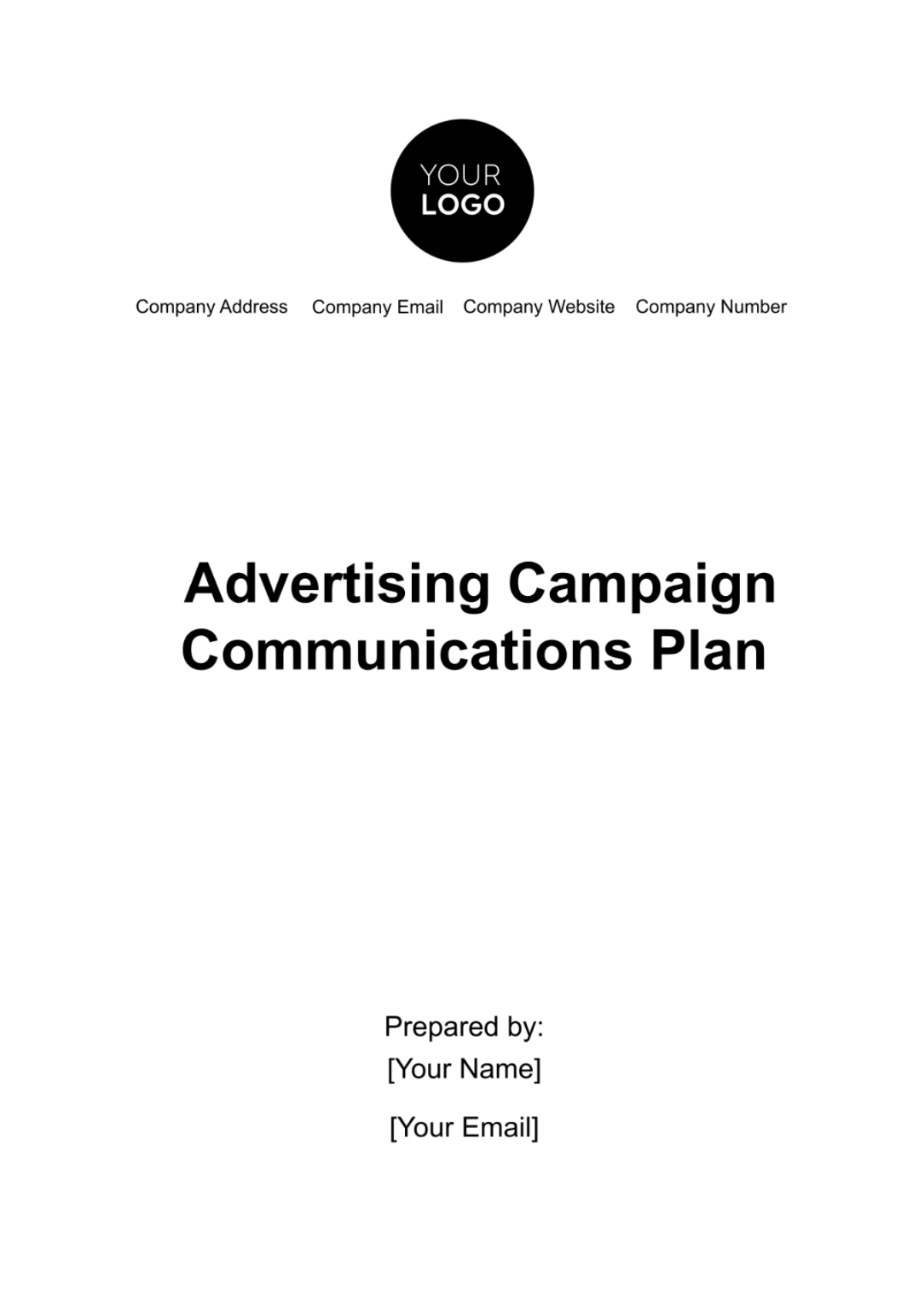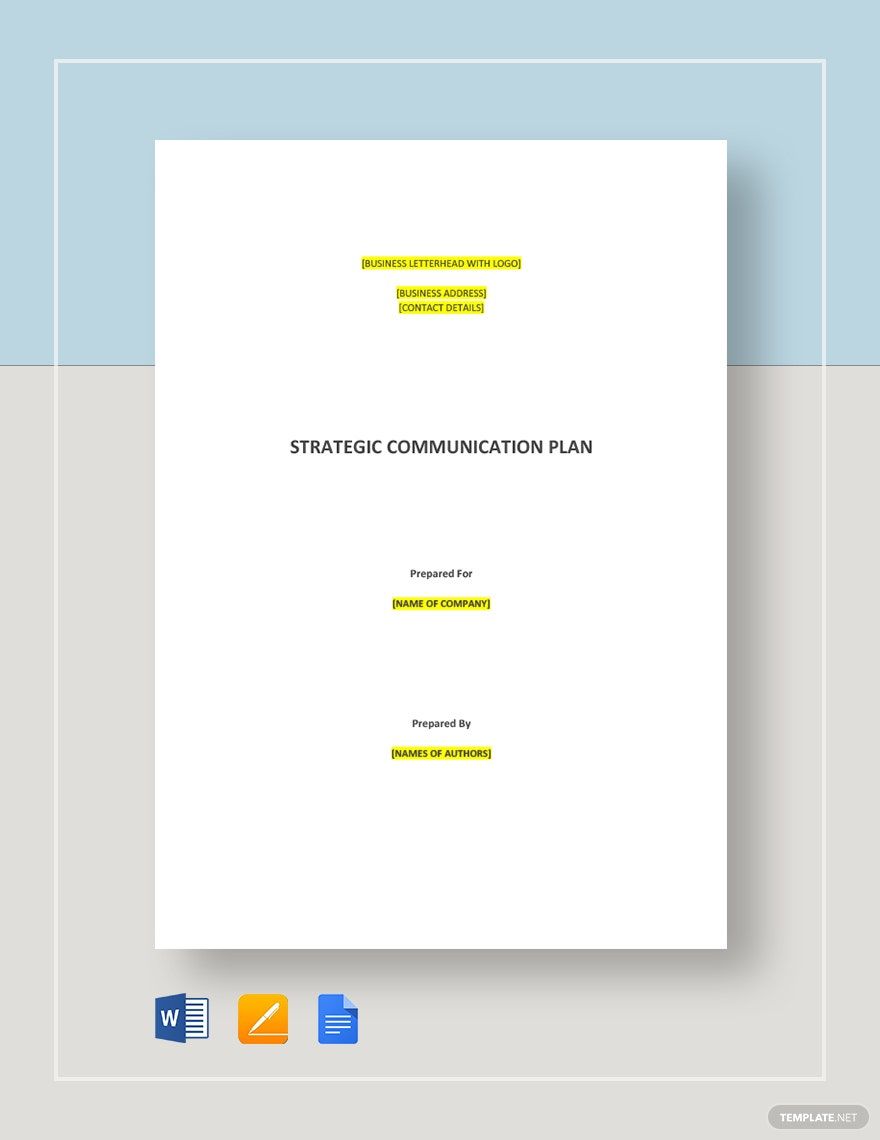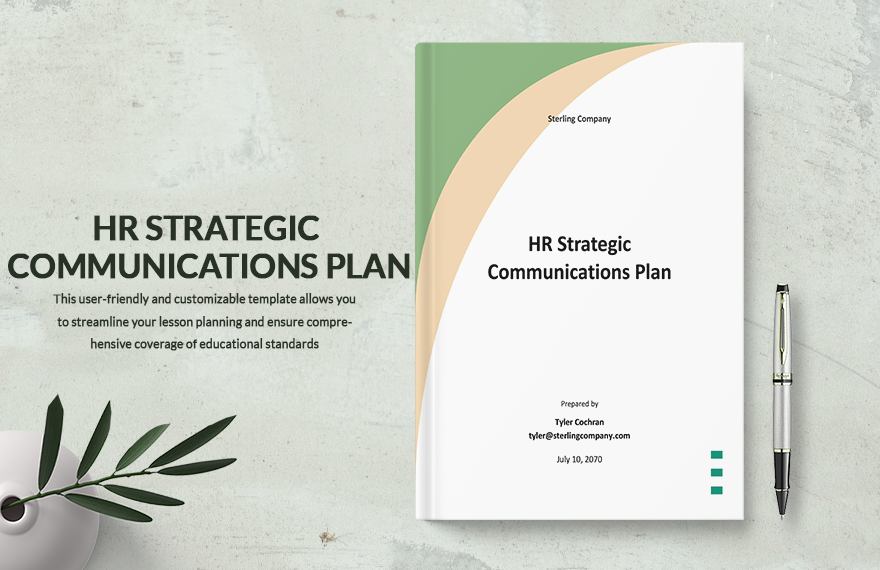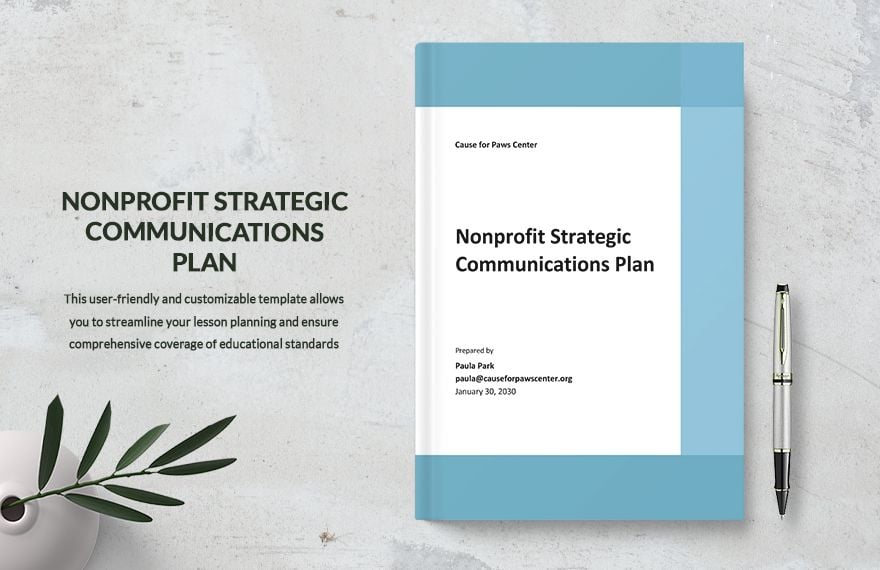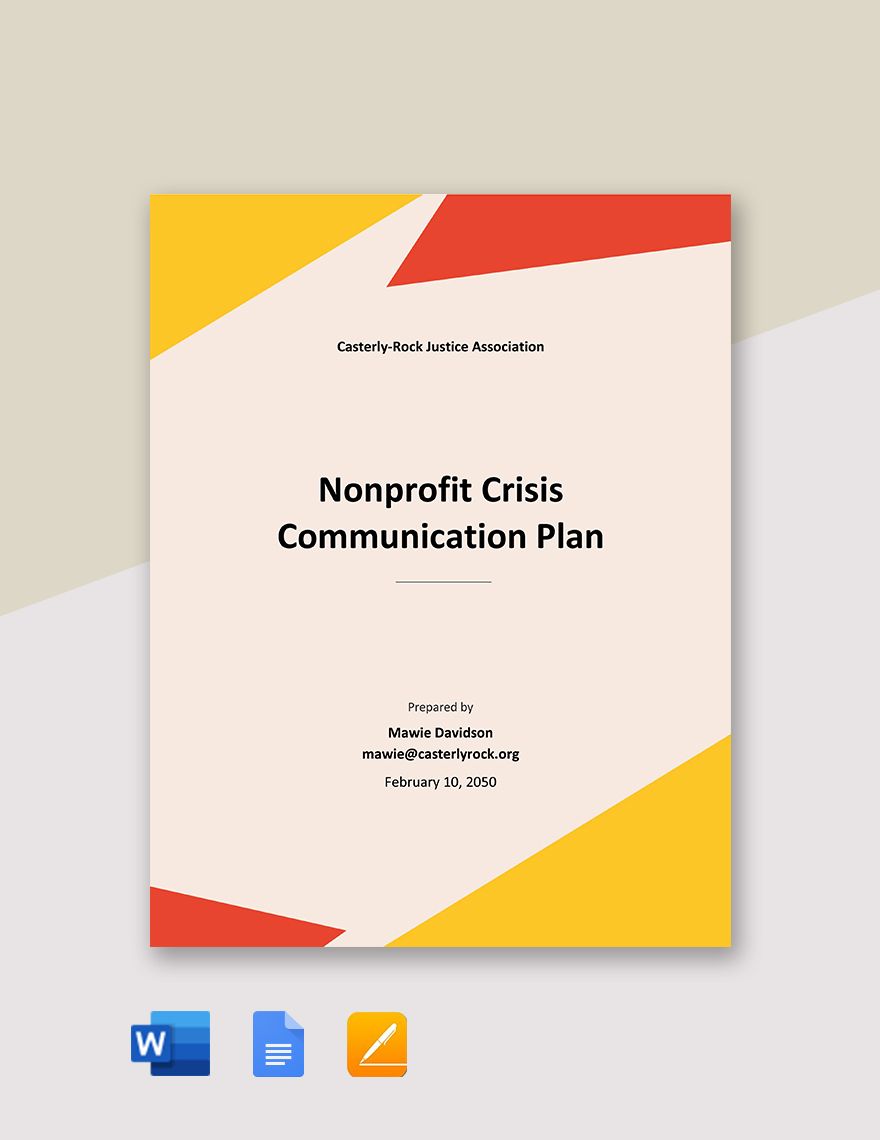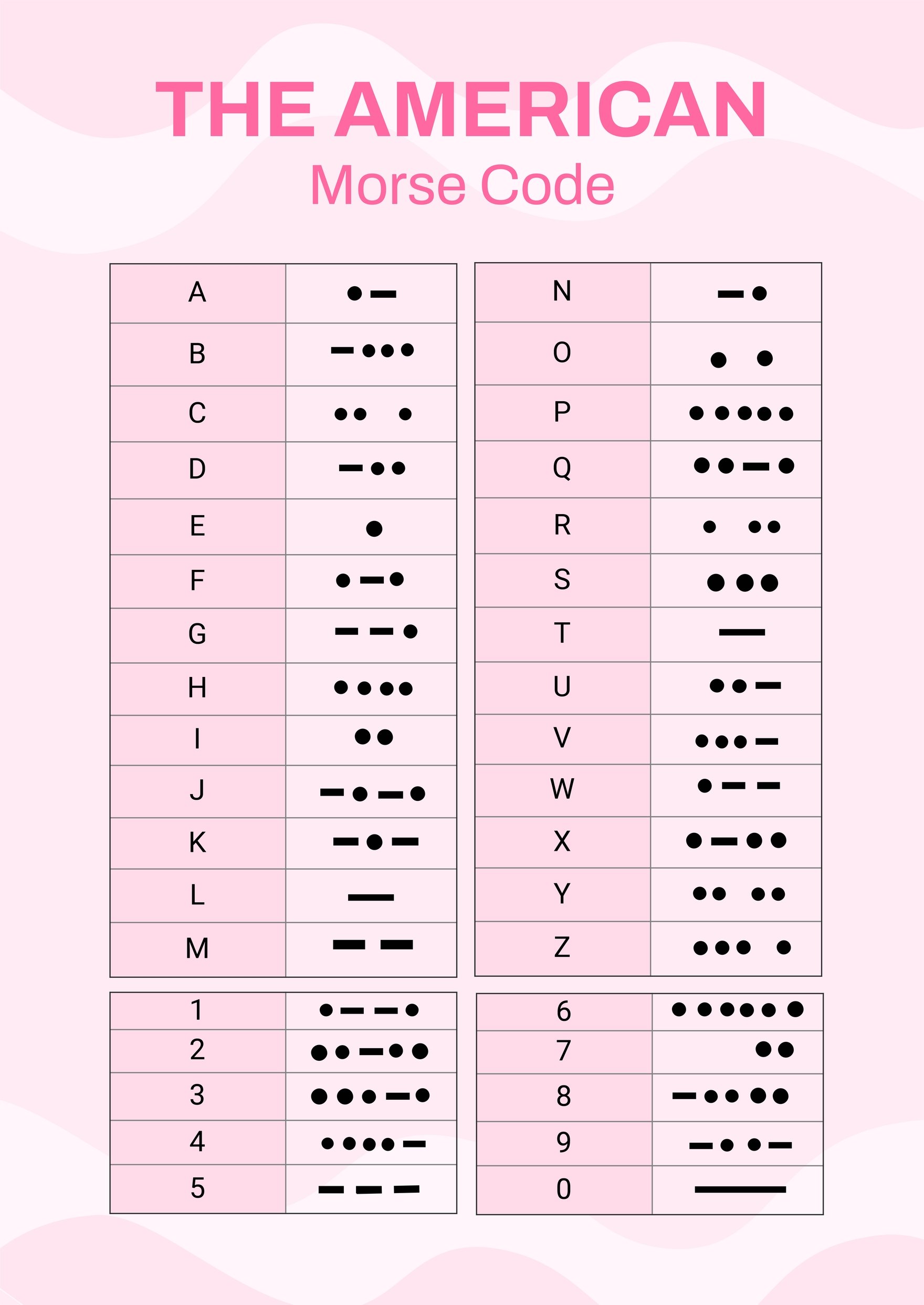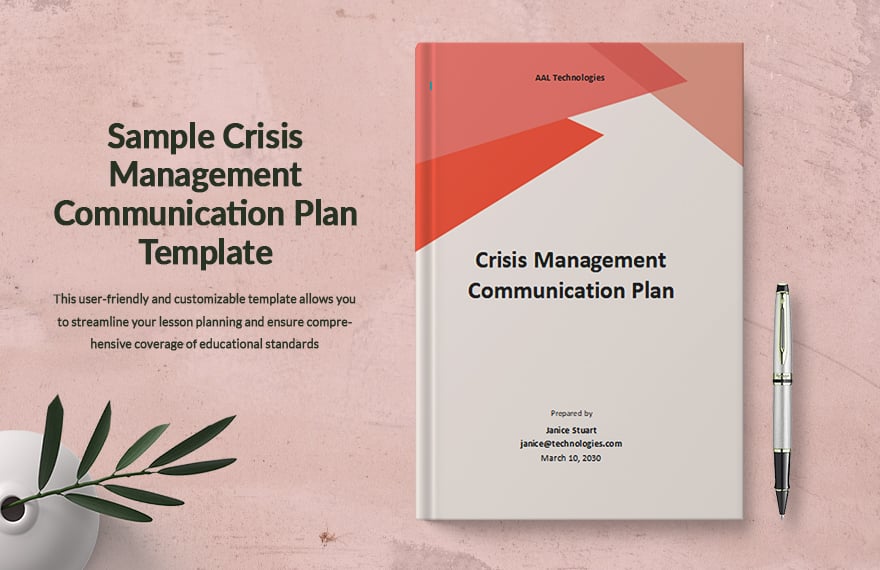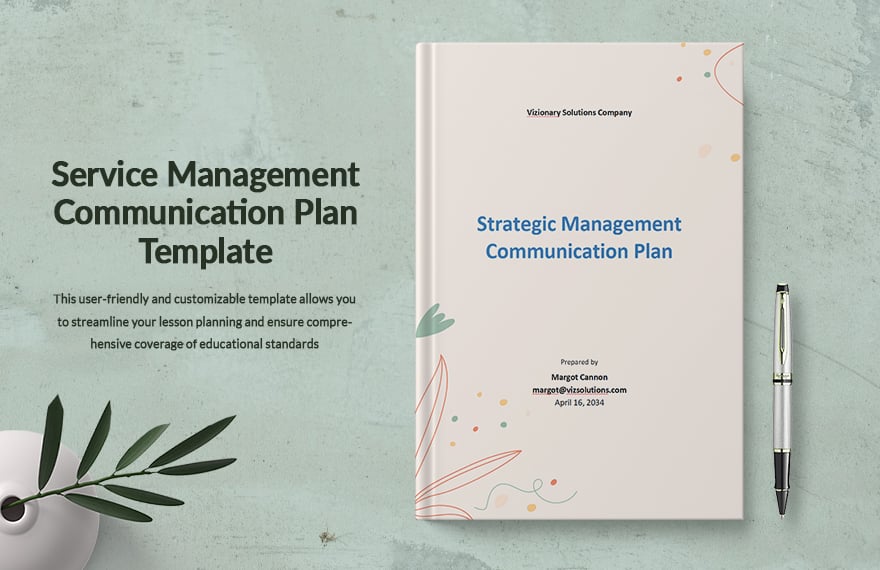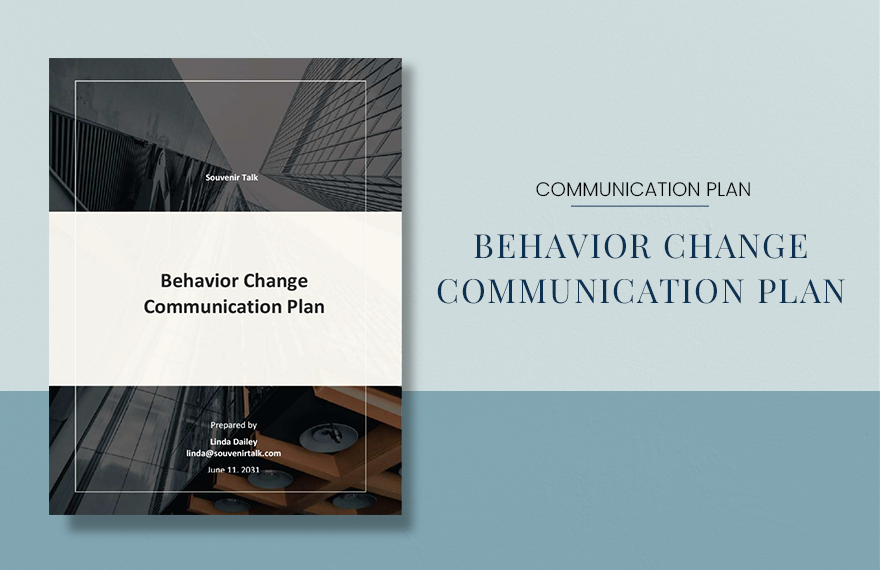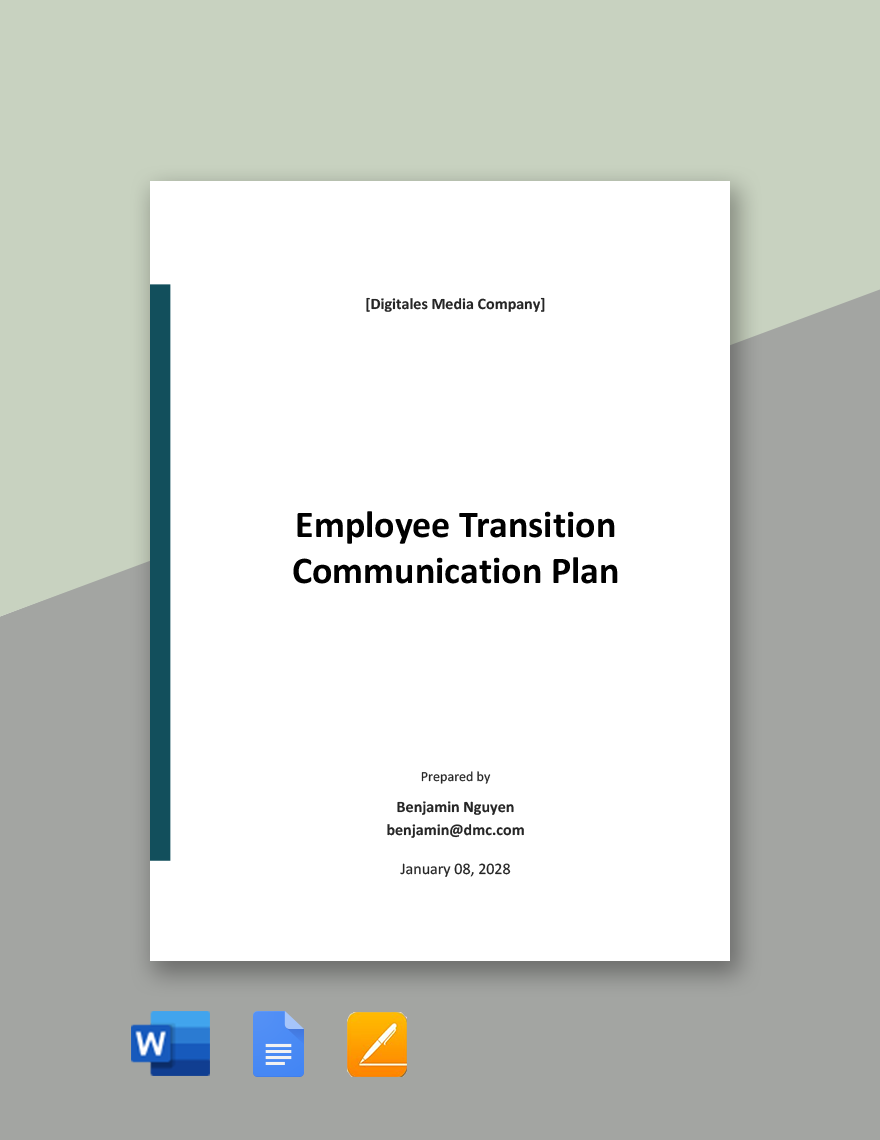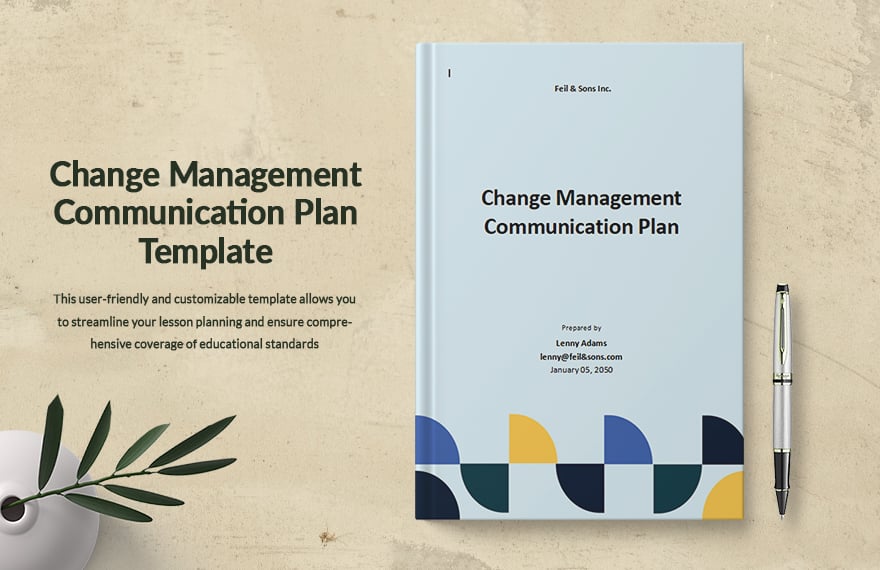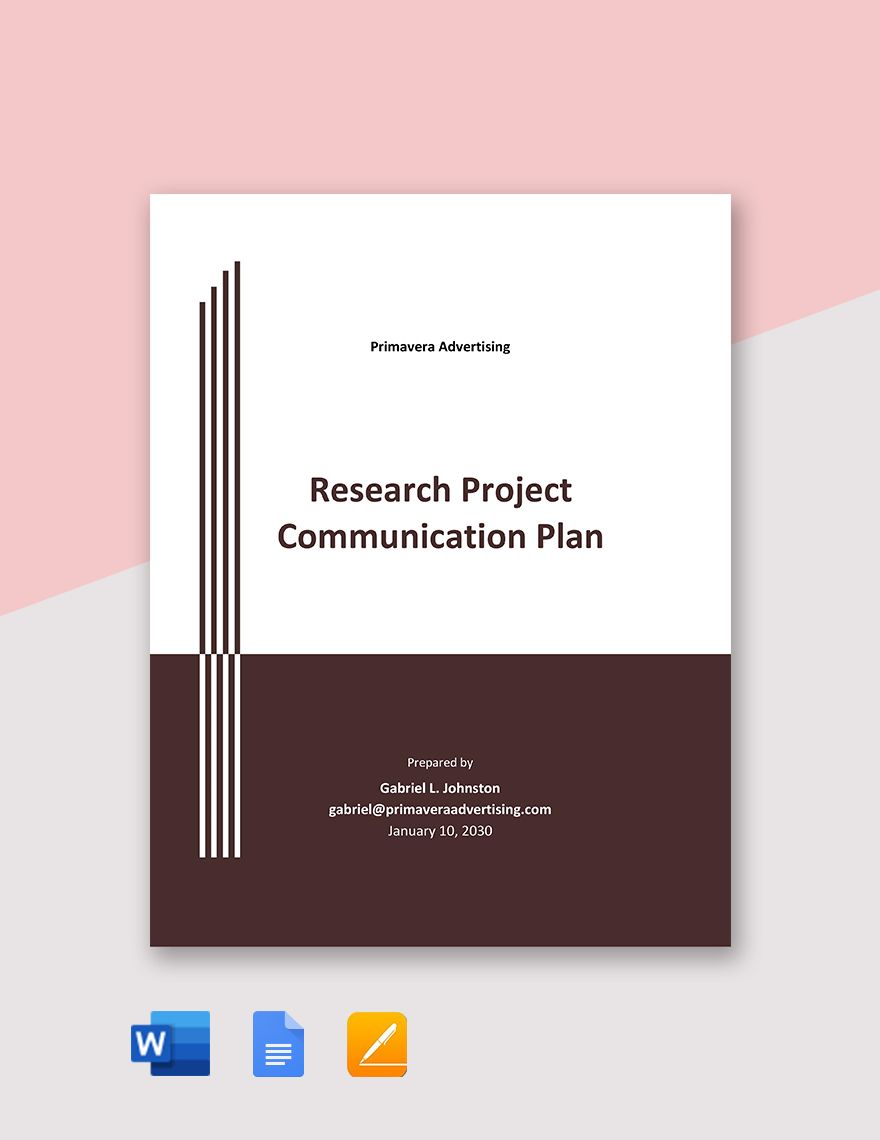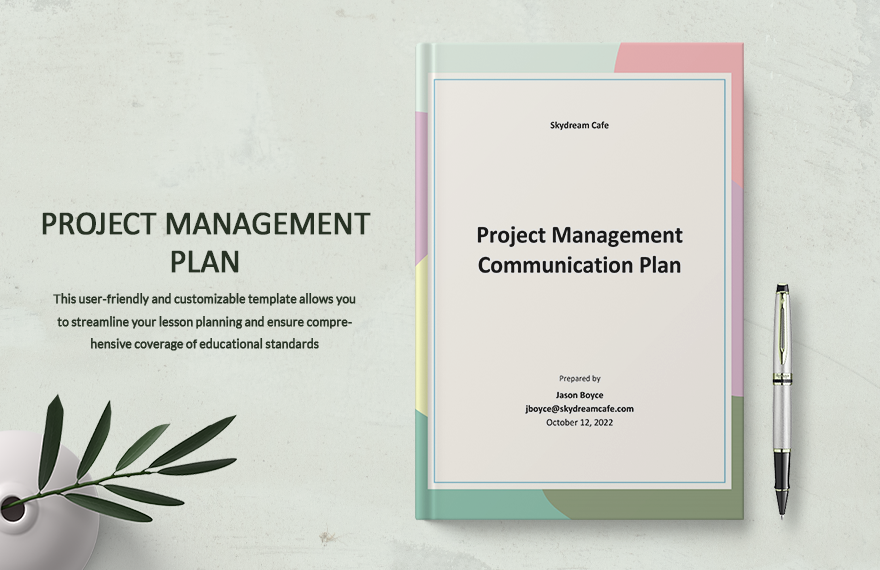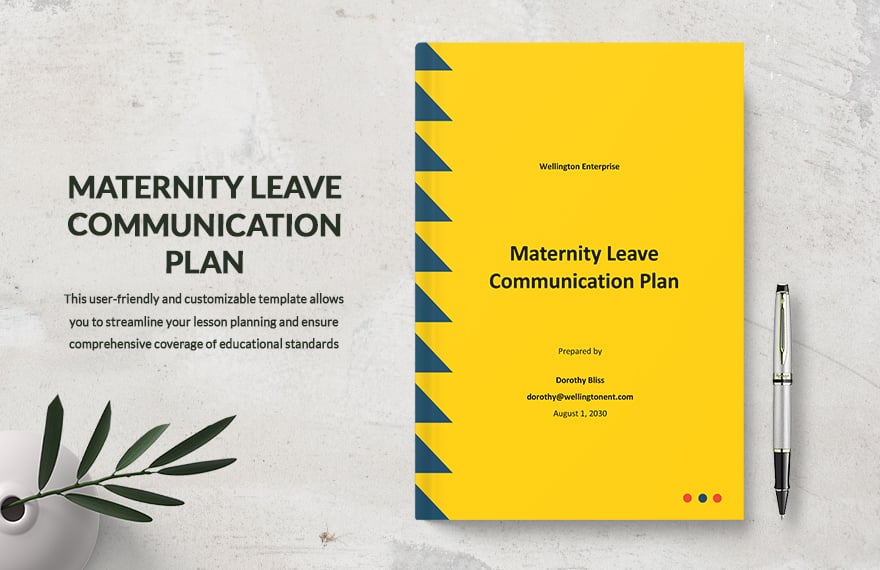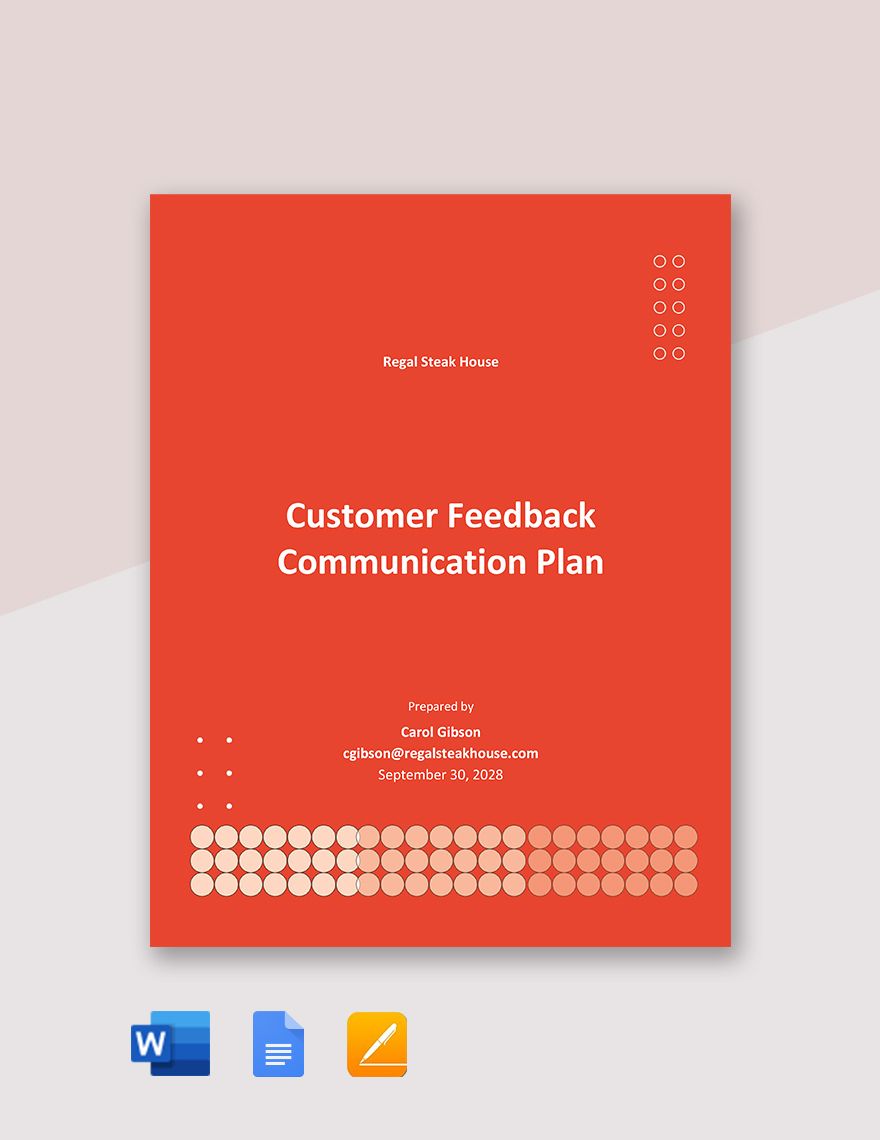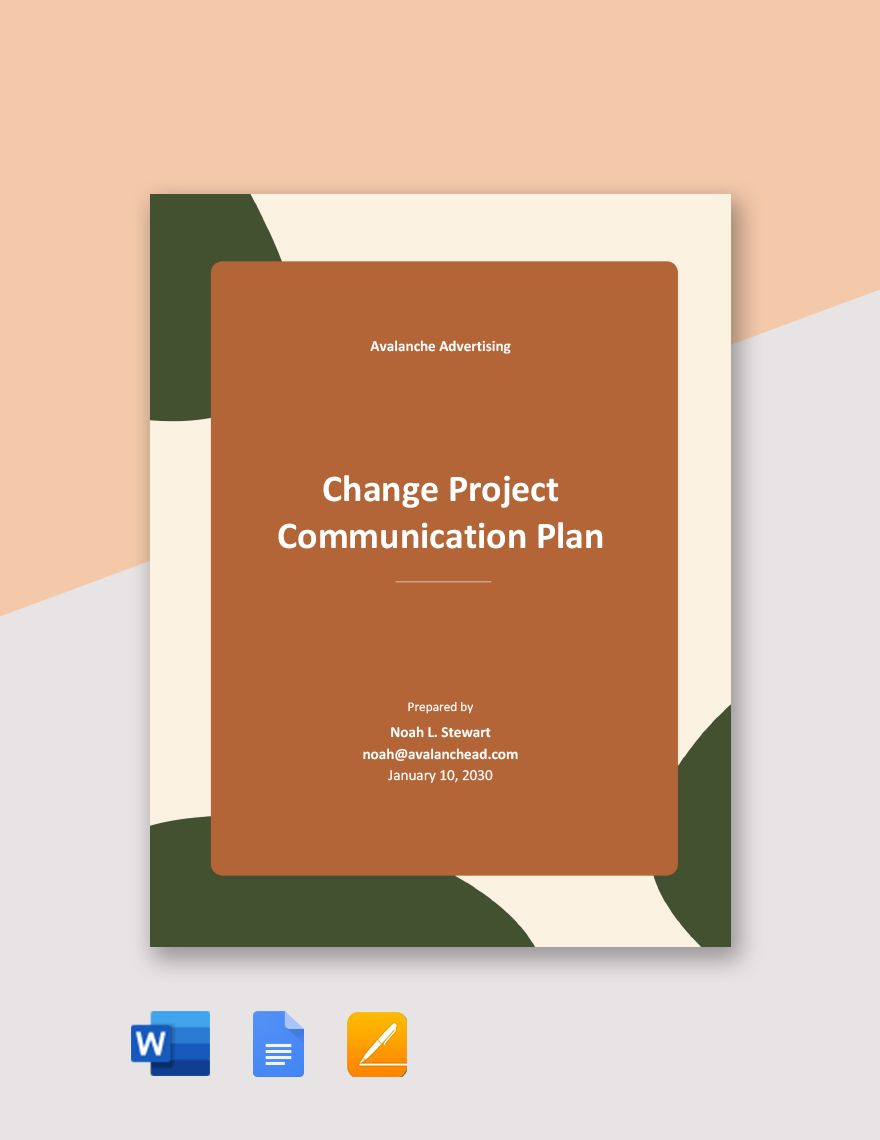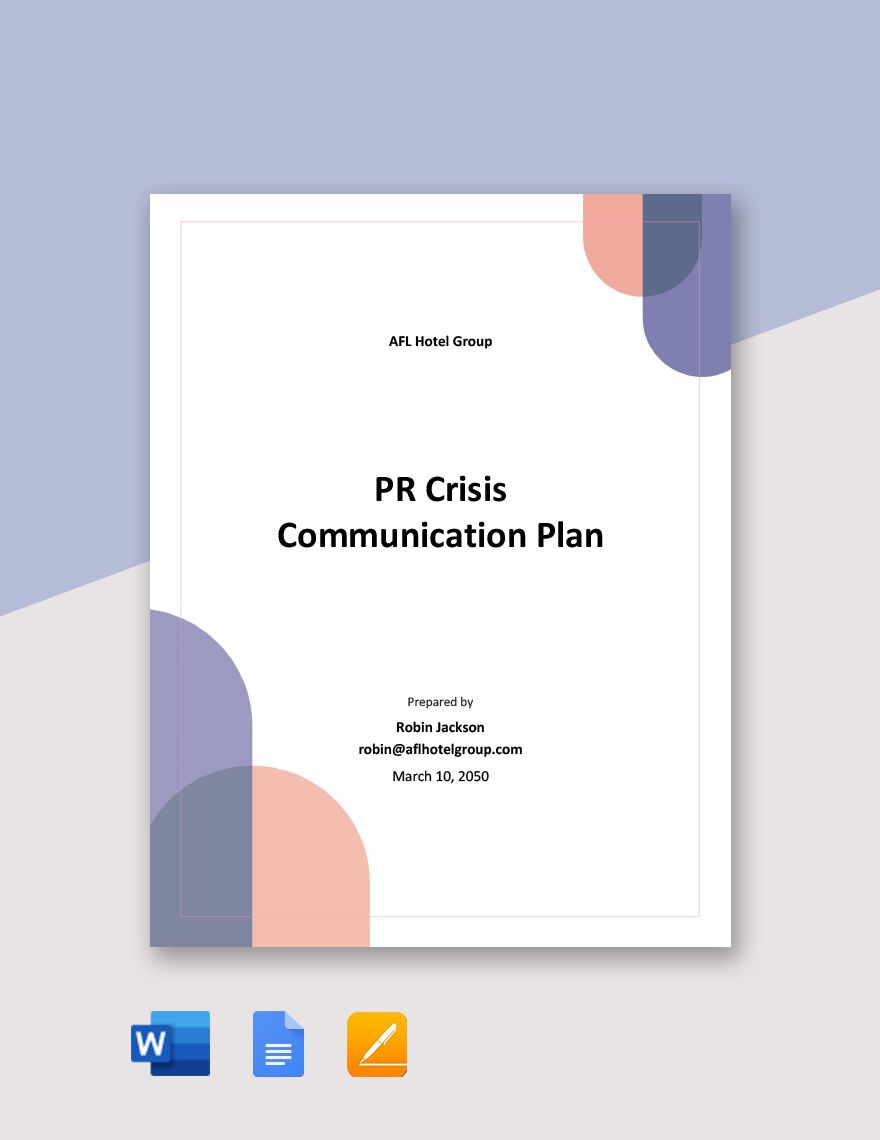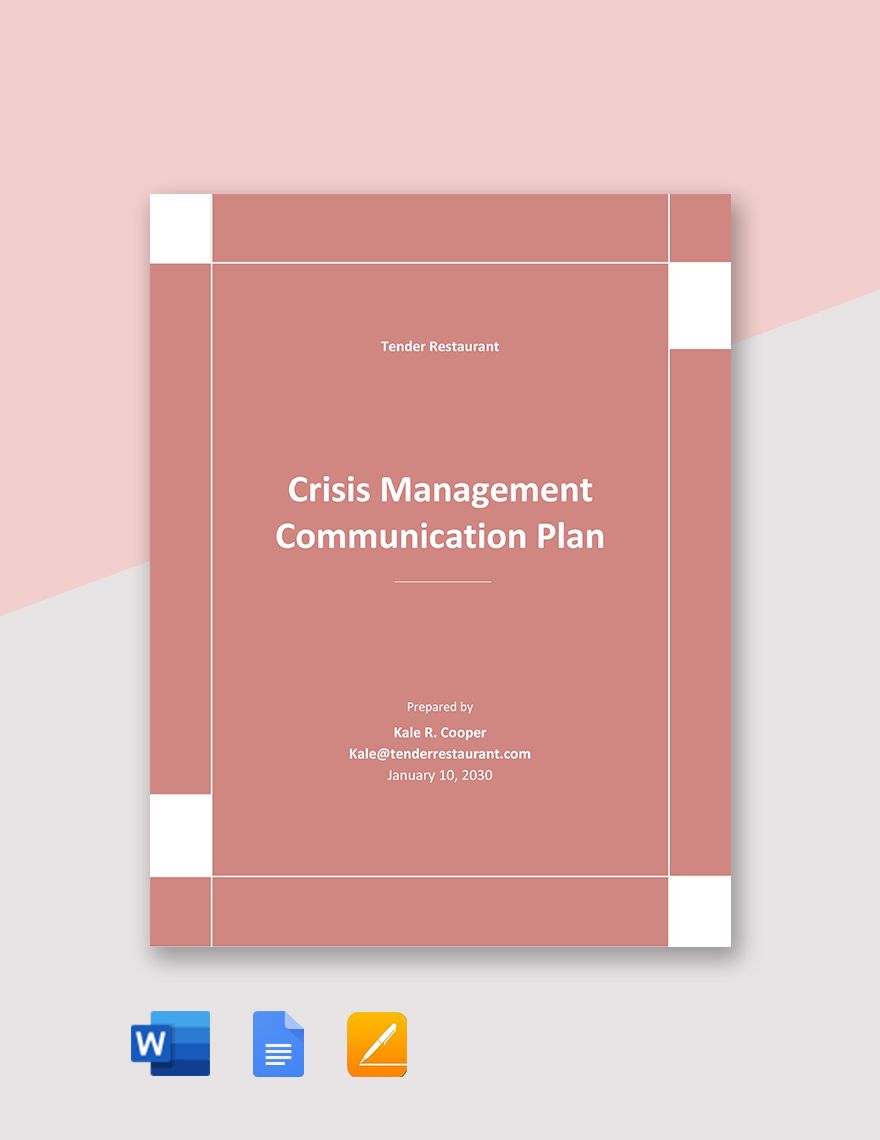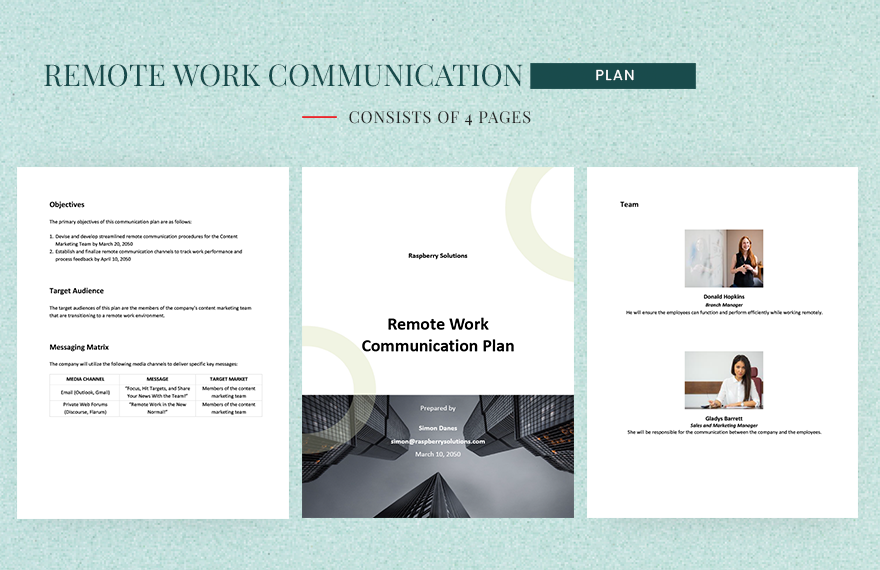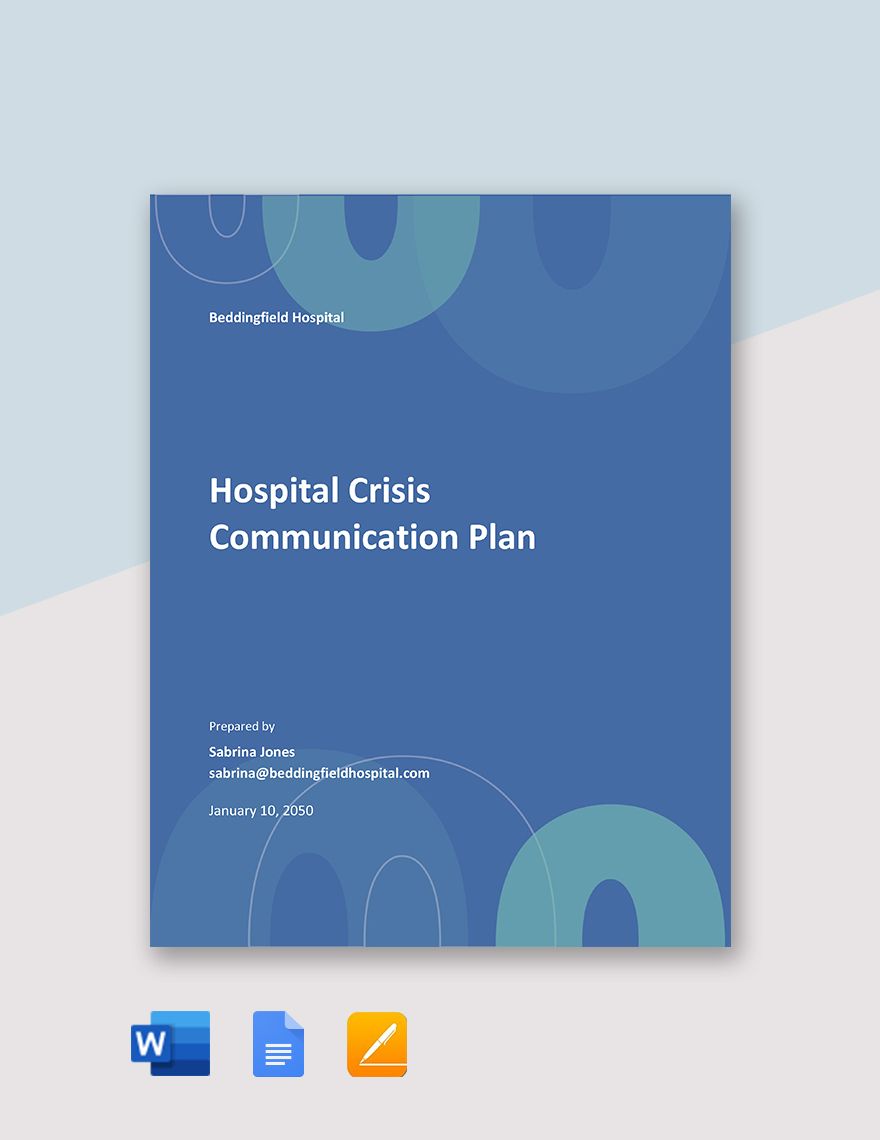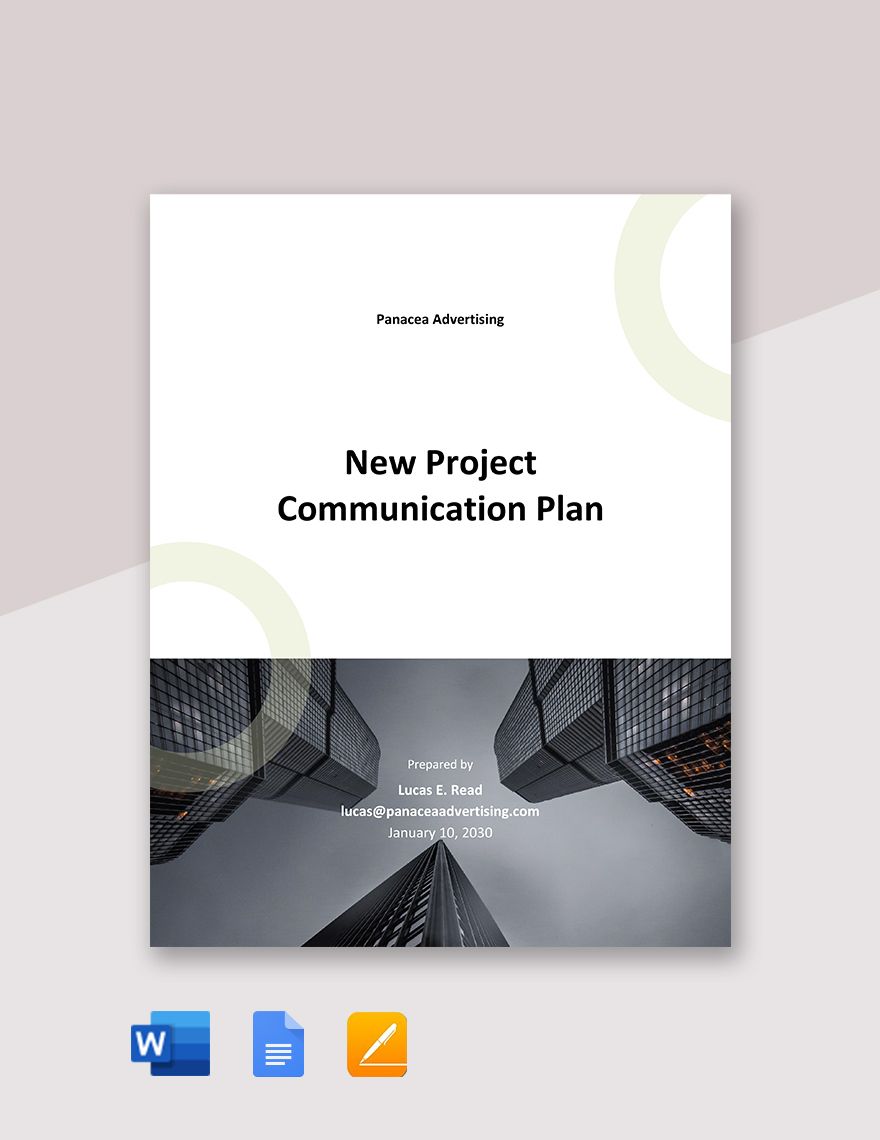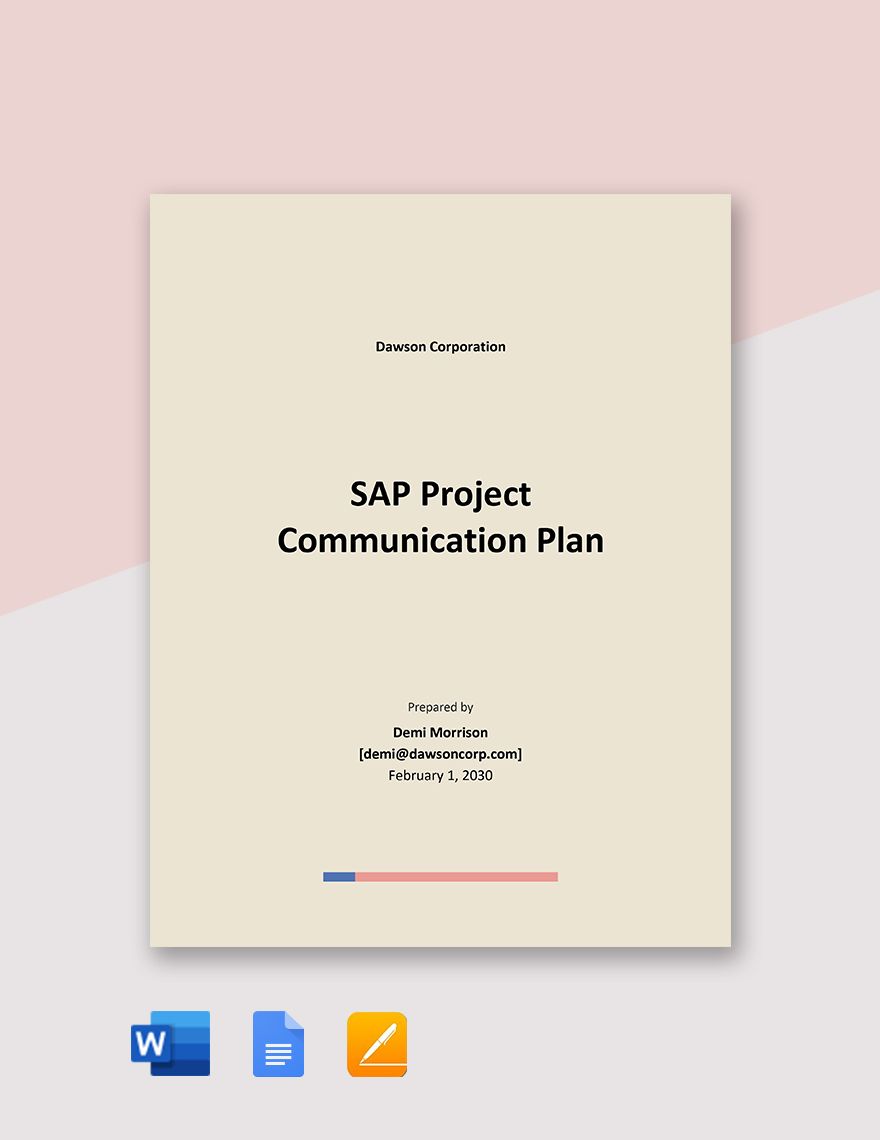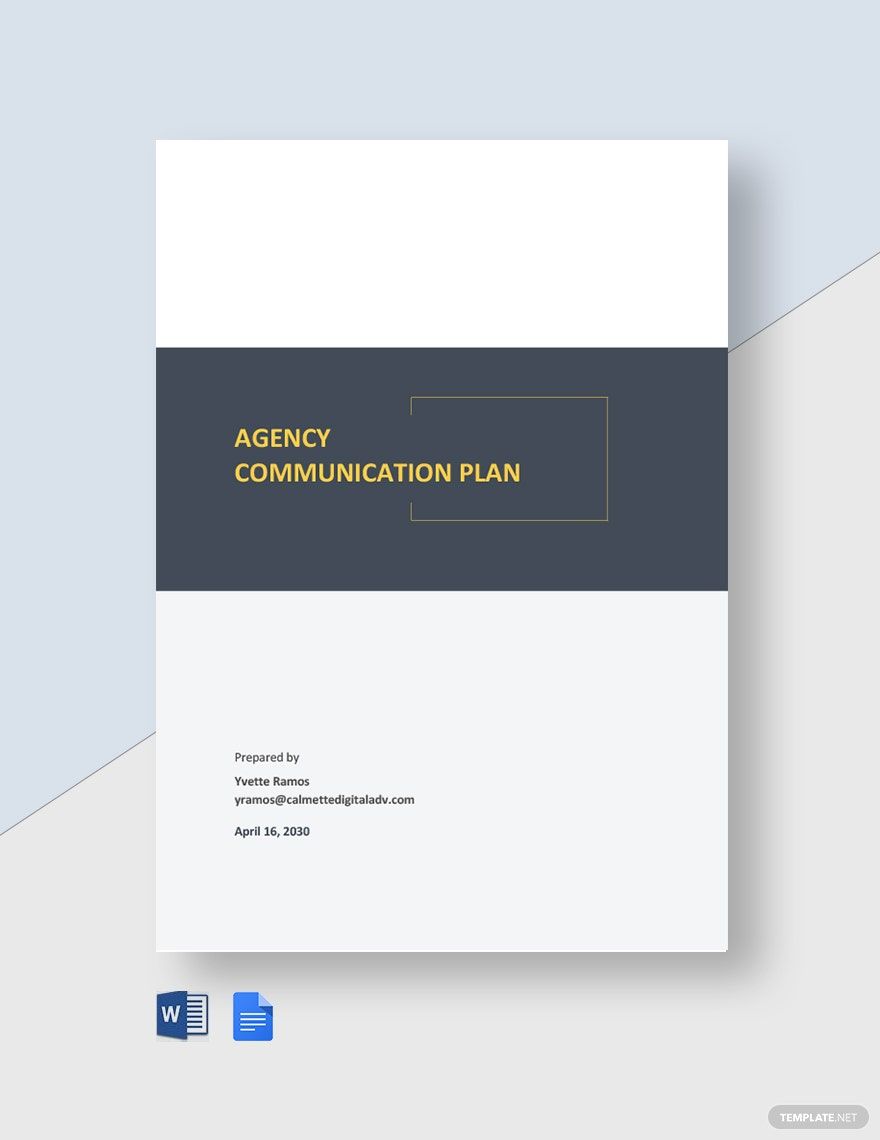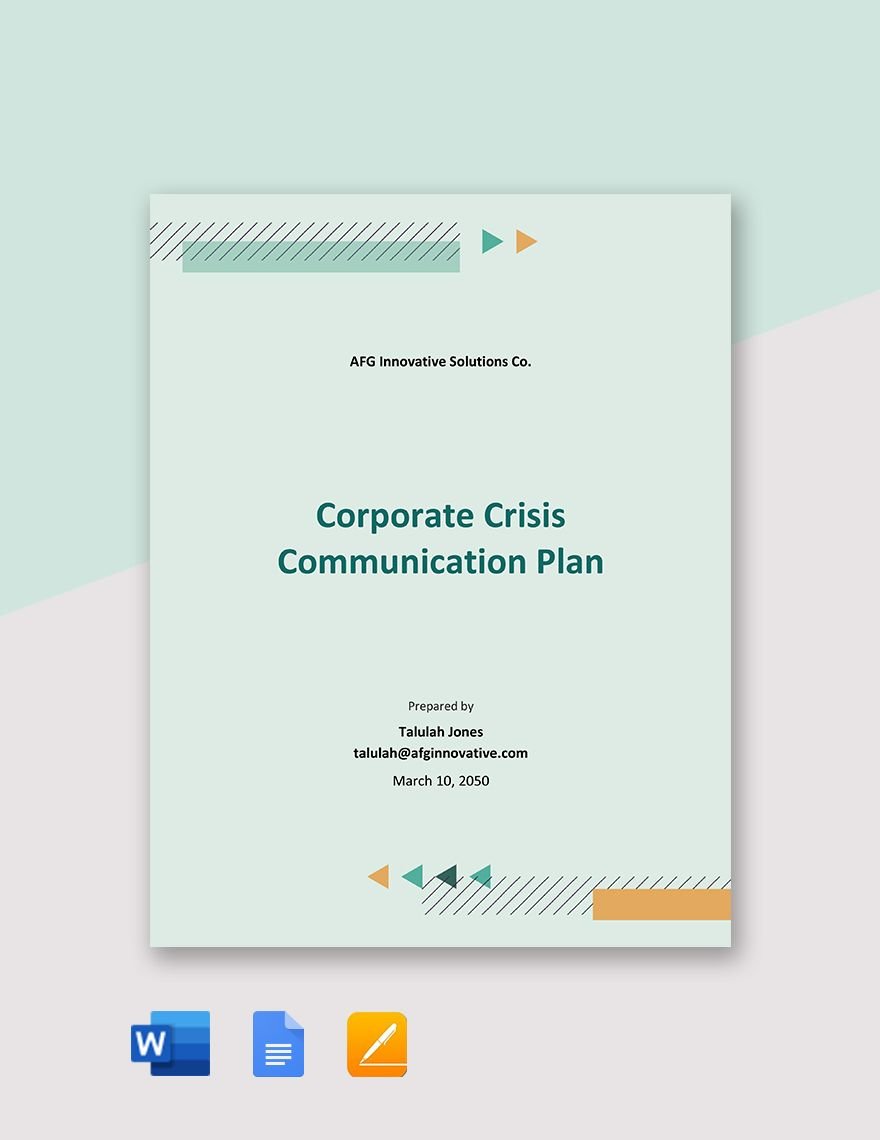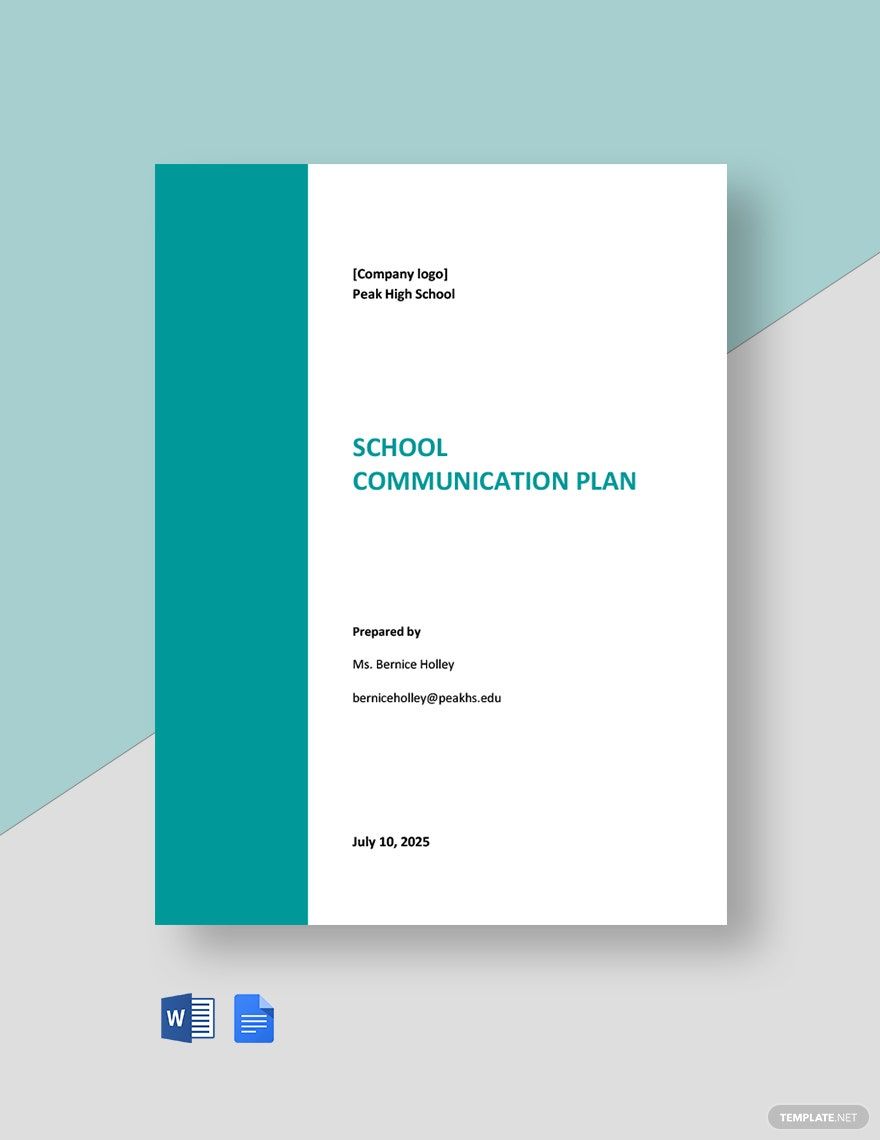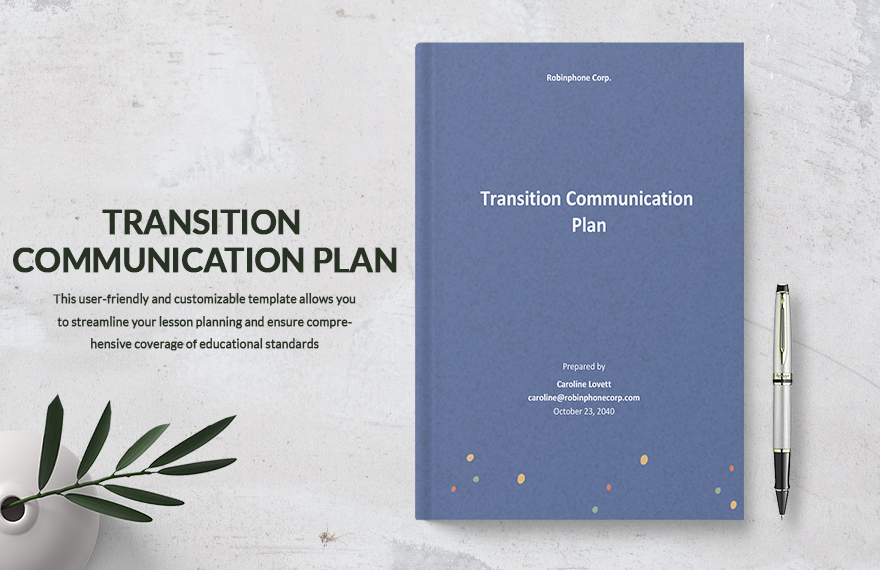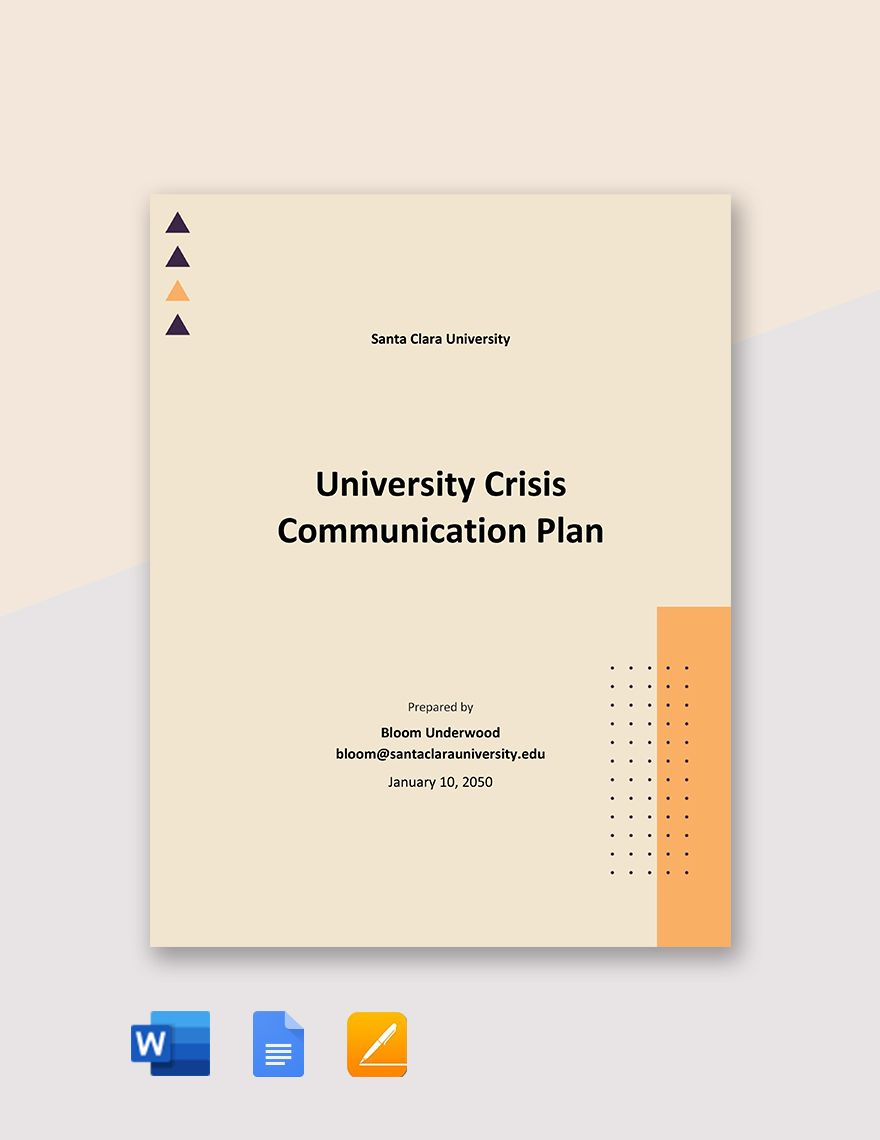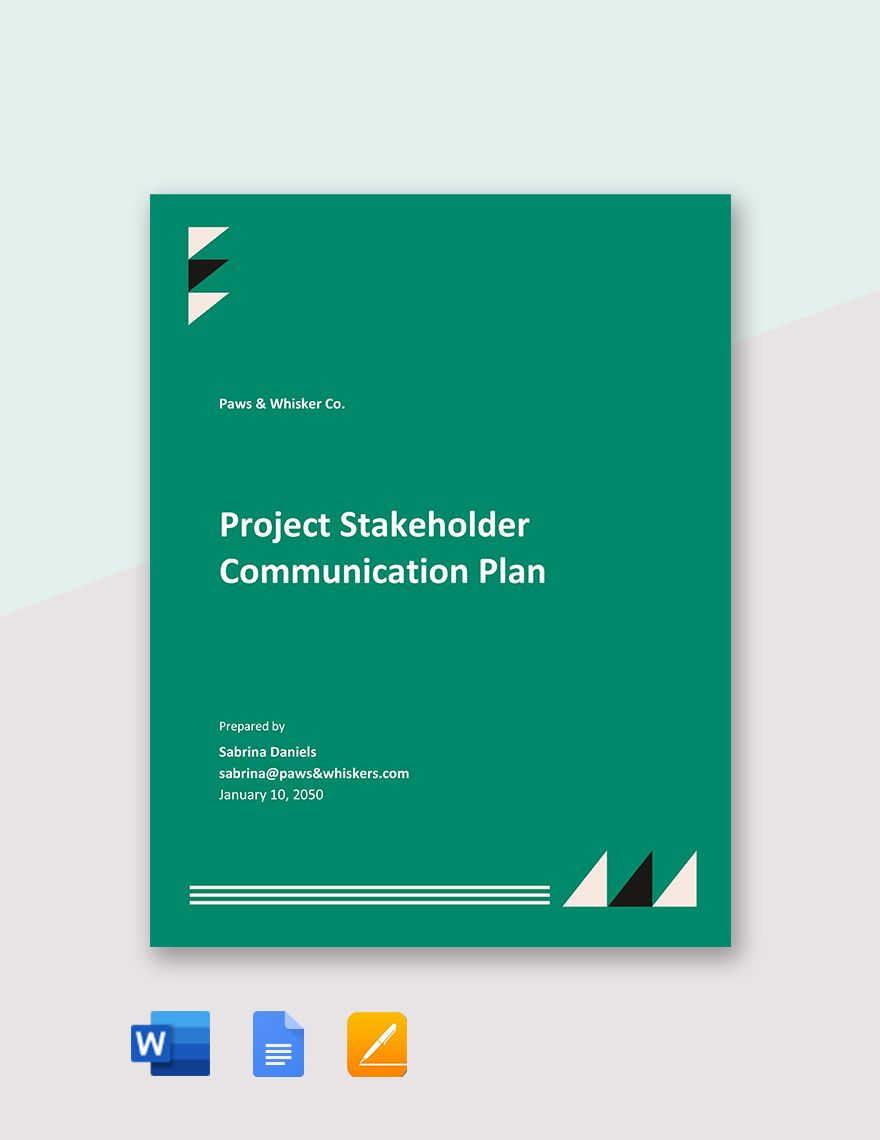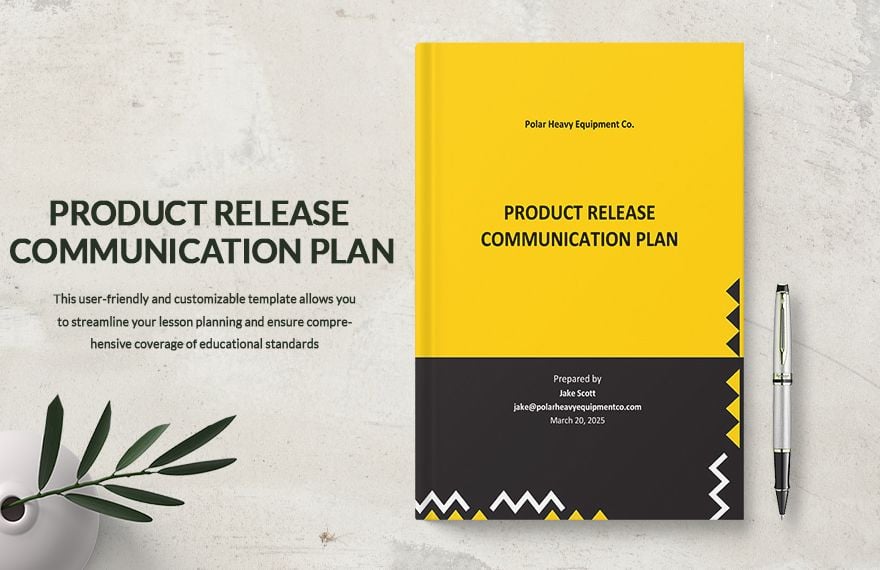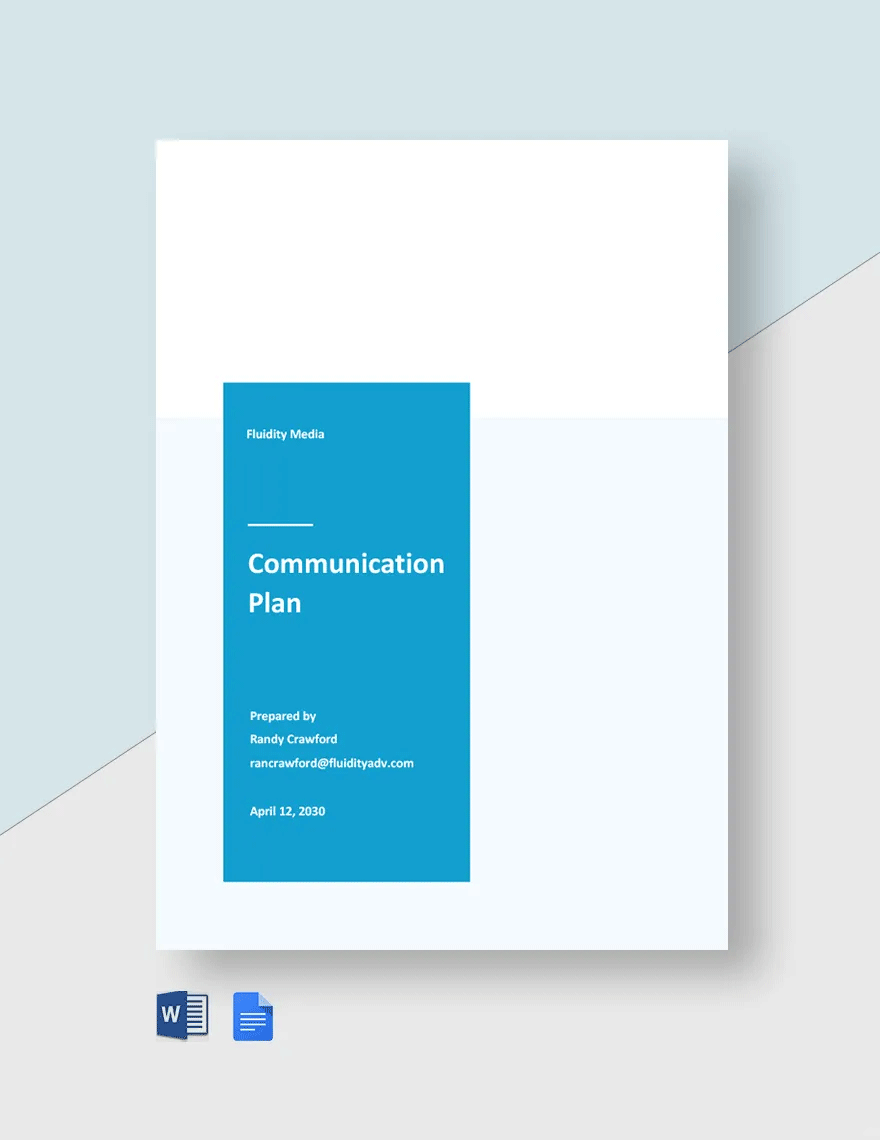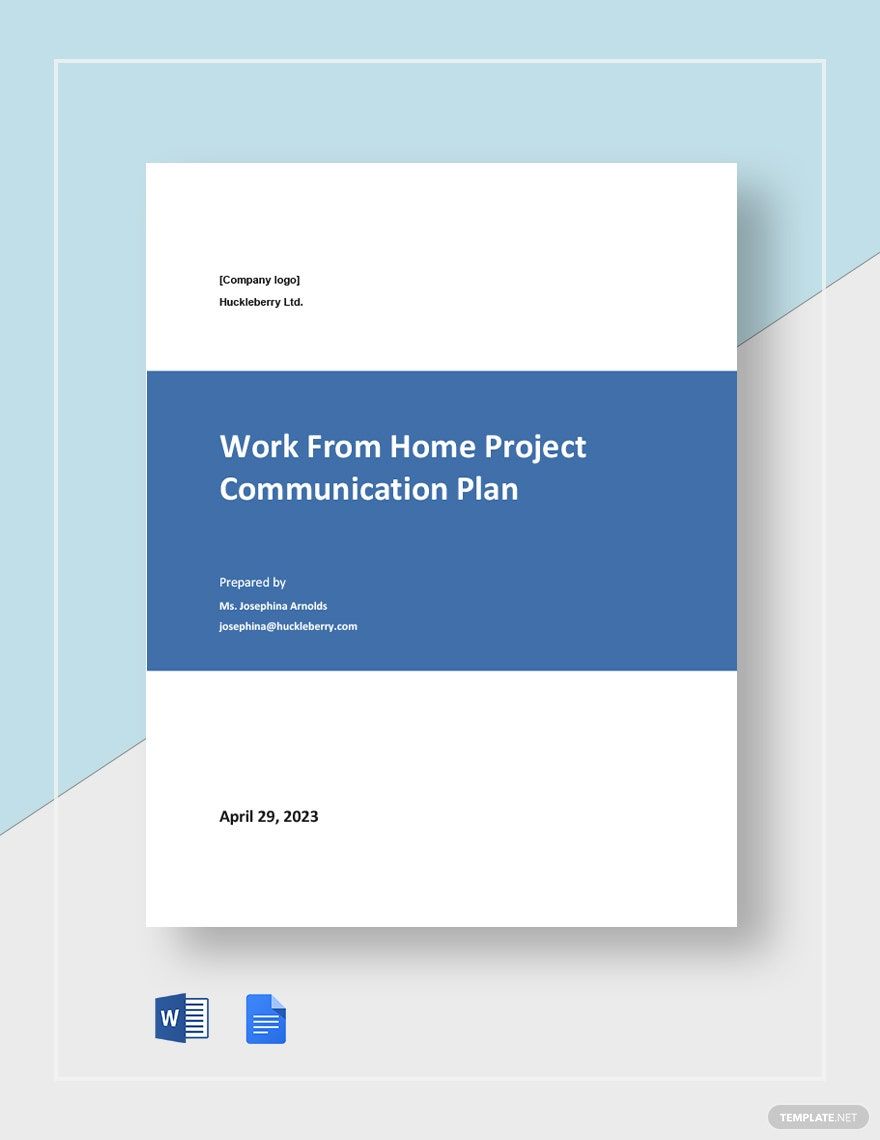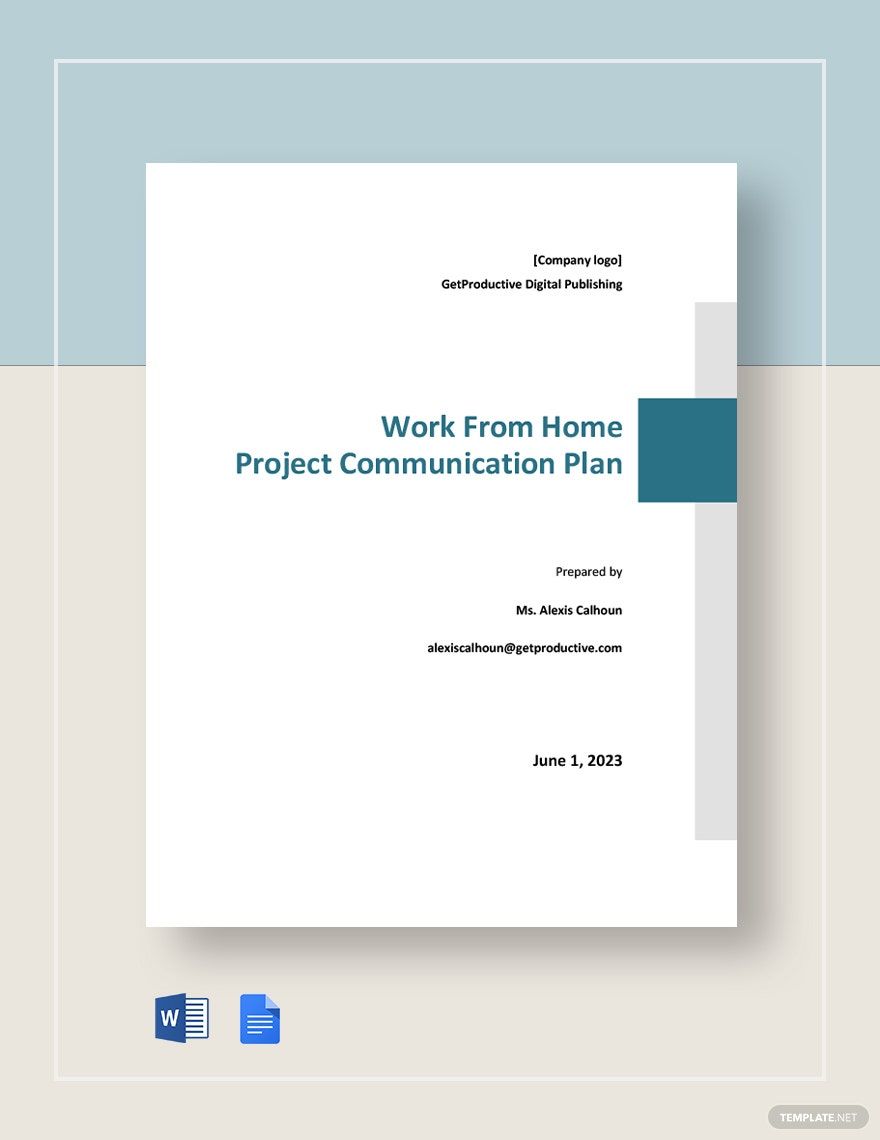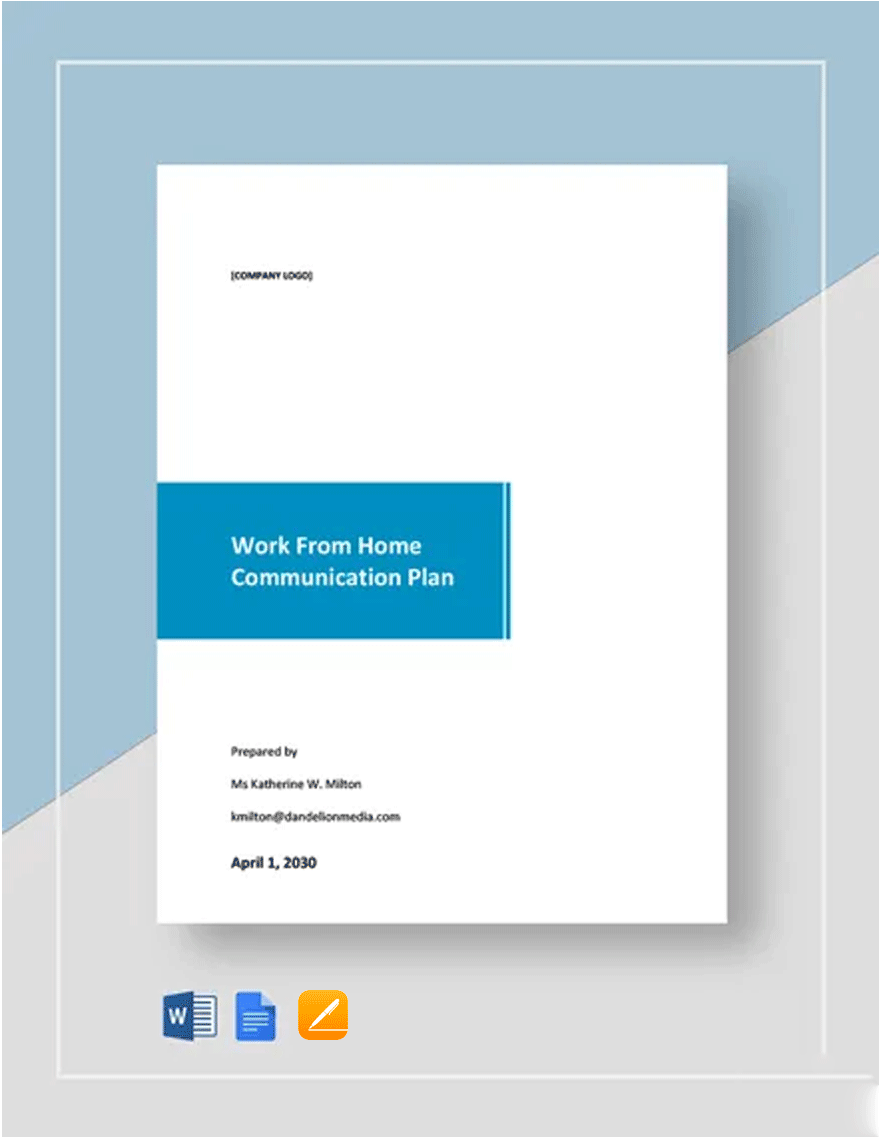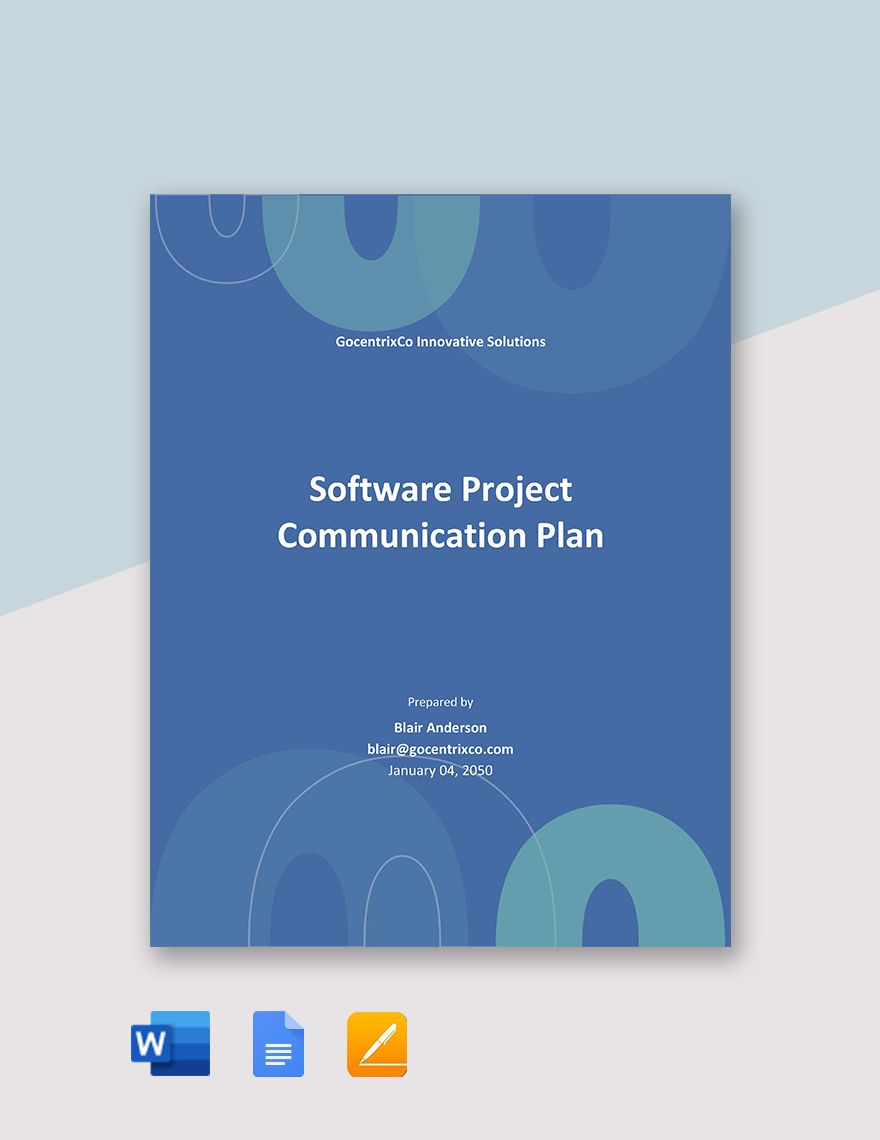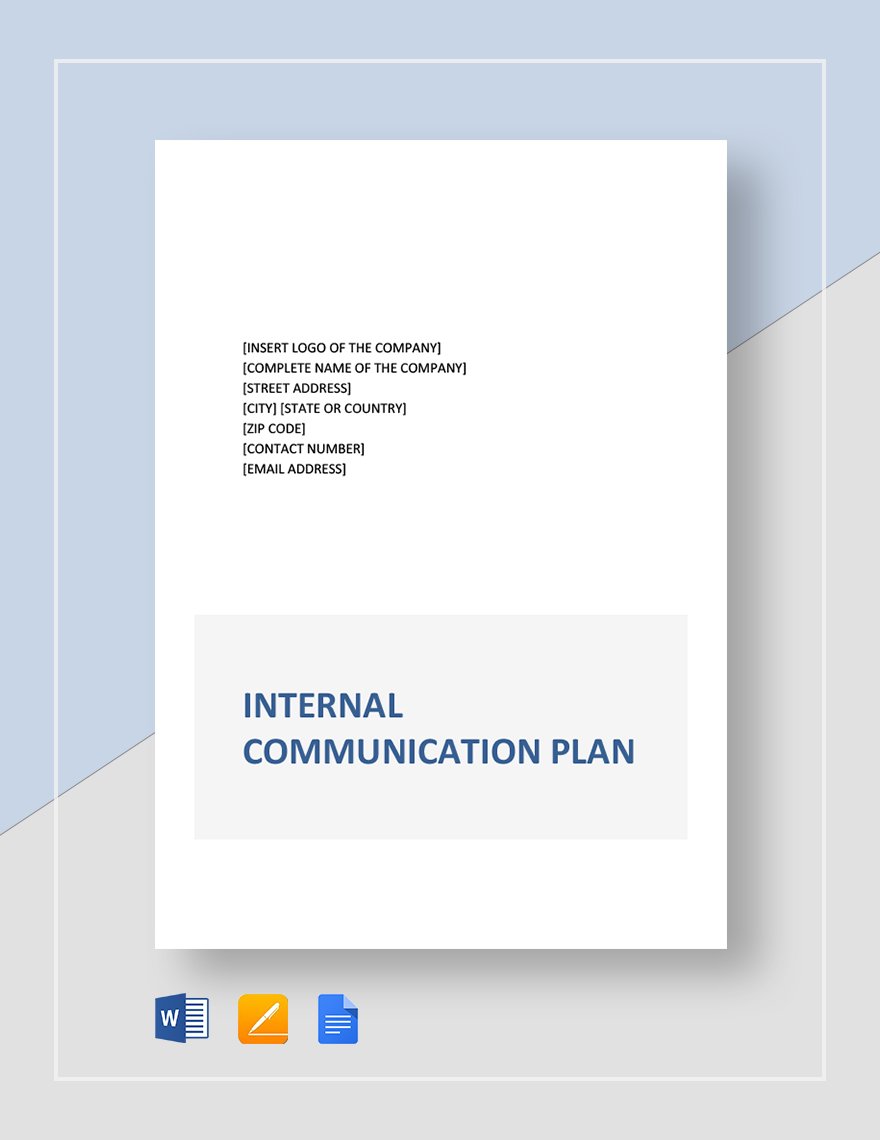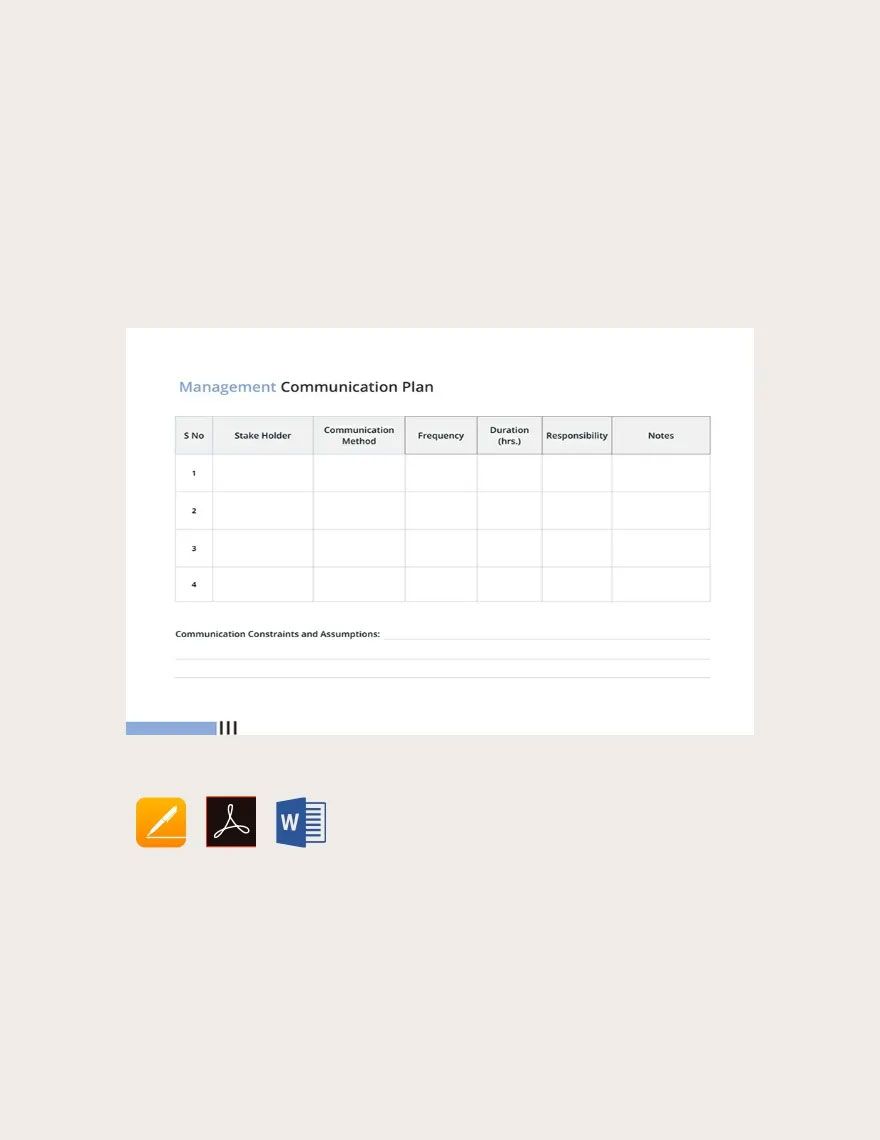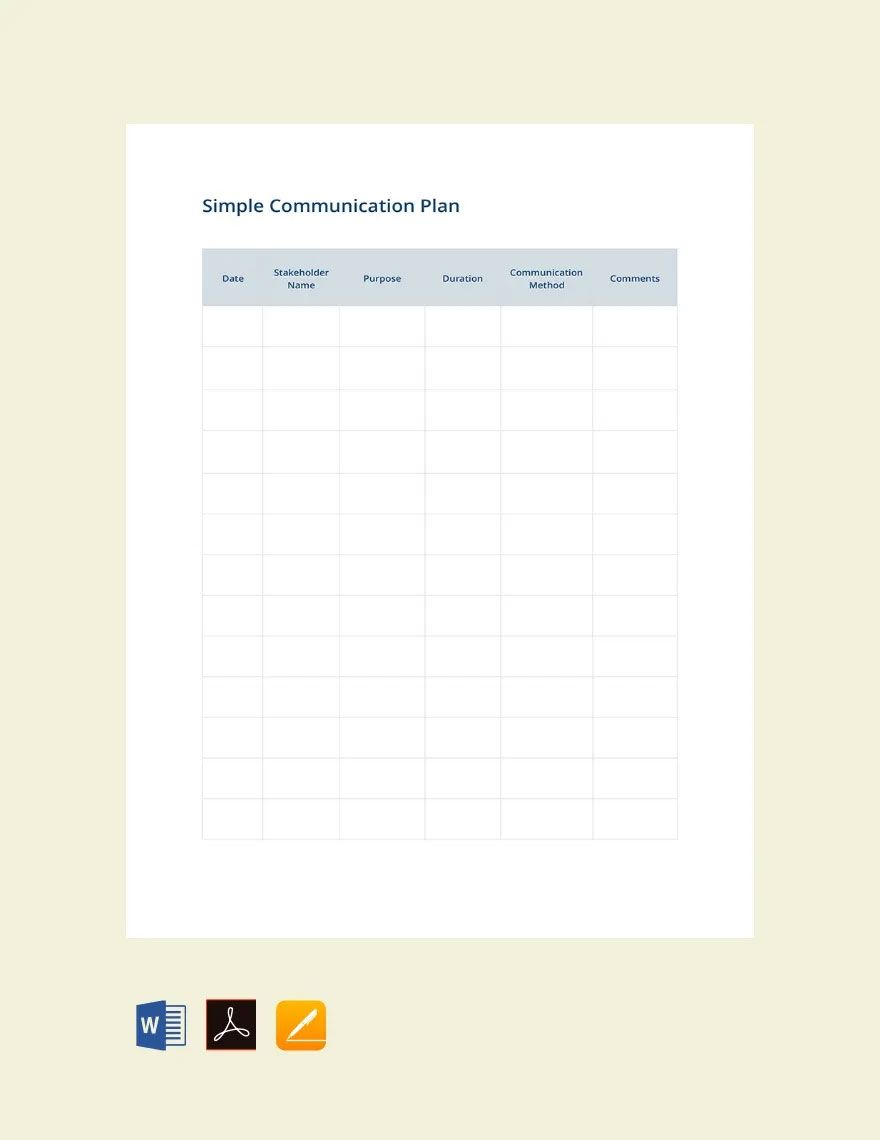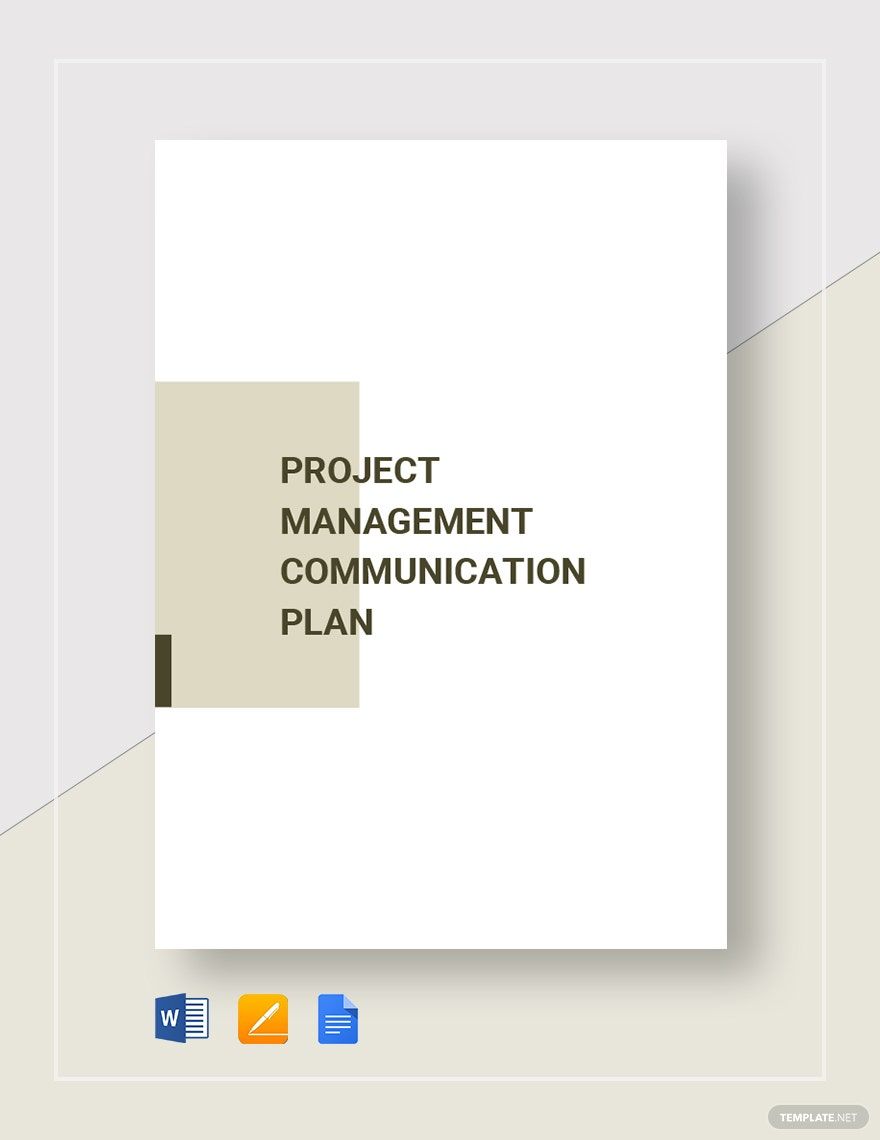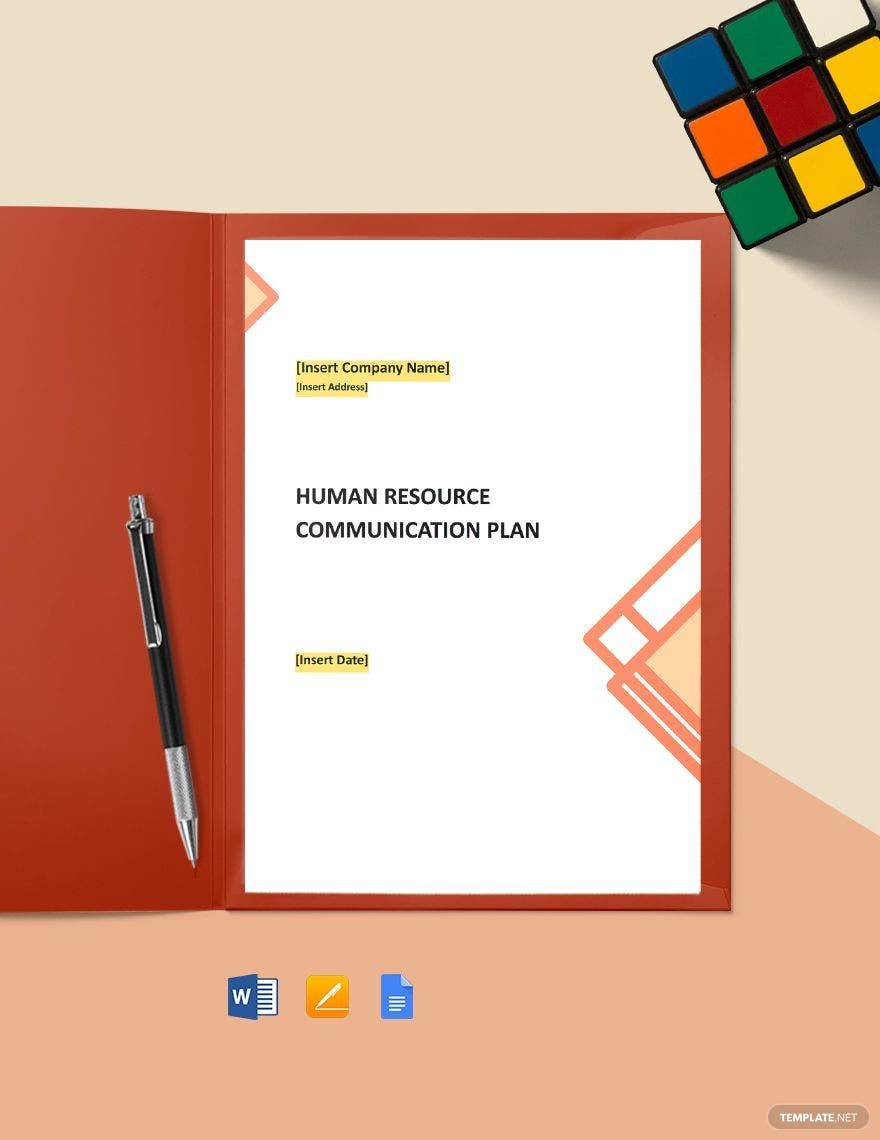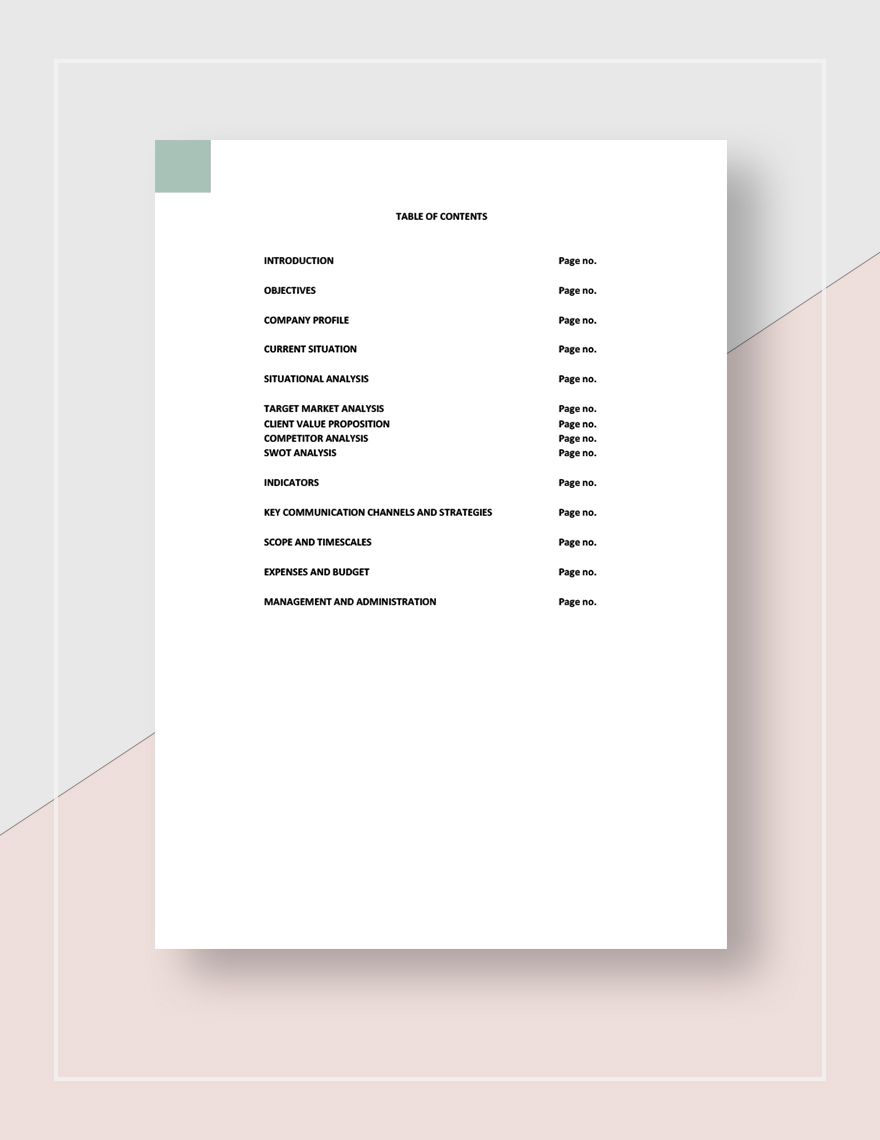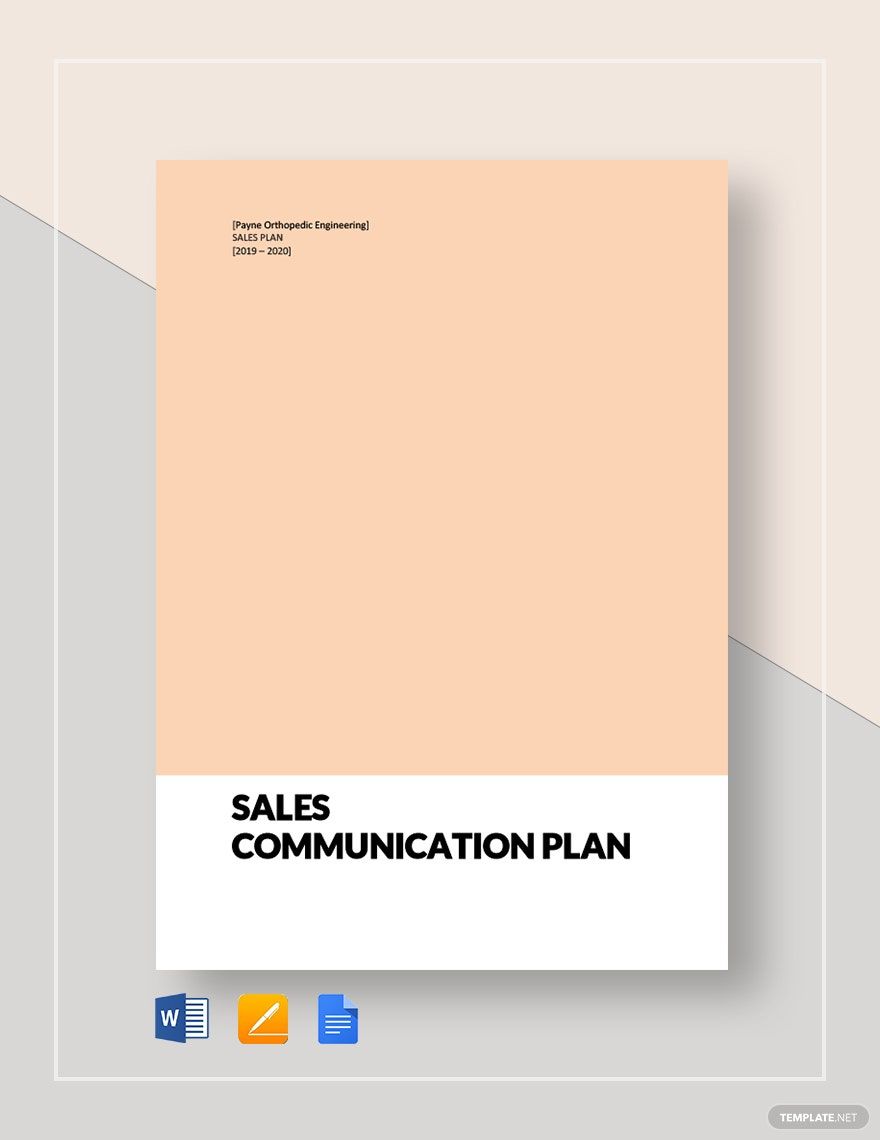Make your Communication Strategy Come to Life with Communication Plan Templates from Template.net
Bring your communication strategy to life with Communication Plan Templates from Template.net. These templates are perfect for business owners, marketing professionals, and team leaders looking to enhance their communication frameworks. Keep your team engaged, streamline your messaging, and effectively reach your audience with ease. Use these templates to promote a new product launch or coordinate a successful internal event. Template.net includes dedicated sections for time management, contact information, and milestone tracking, ensuring all essential details are in place. Best of all, no design skill is required—our professional-grade templates allow for both print and digital distribution, adapting to your unique needs effortlessly.
Discover the many Communication Plan Templates we have on hand, each designed to cater to different communication needs and styles. Begin by selecting a template that matches your vision, easily swap in your logos, images, and charts, and customize colors and fonts to maintain brand consistency. Add advanced touches with drag-and-drop icons, dynamic animated effects, and even AI-powered text suggestions to perfect your message. The possibilities are endless and require no previous design experience. And with regularly updated templates, you'll always find something fresh to keep your communications innovative. When you're finished, download your plan in your preferred format or share it instantly via email, social media, or even print, ensuring seamless integration across multiple channels.


